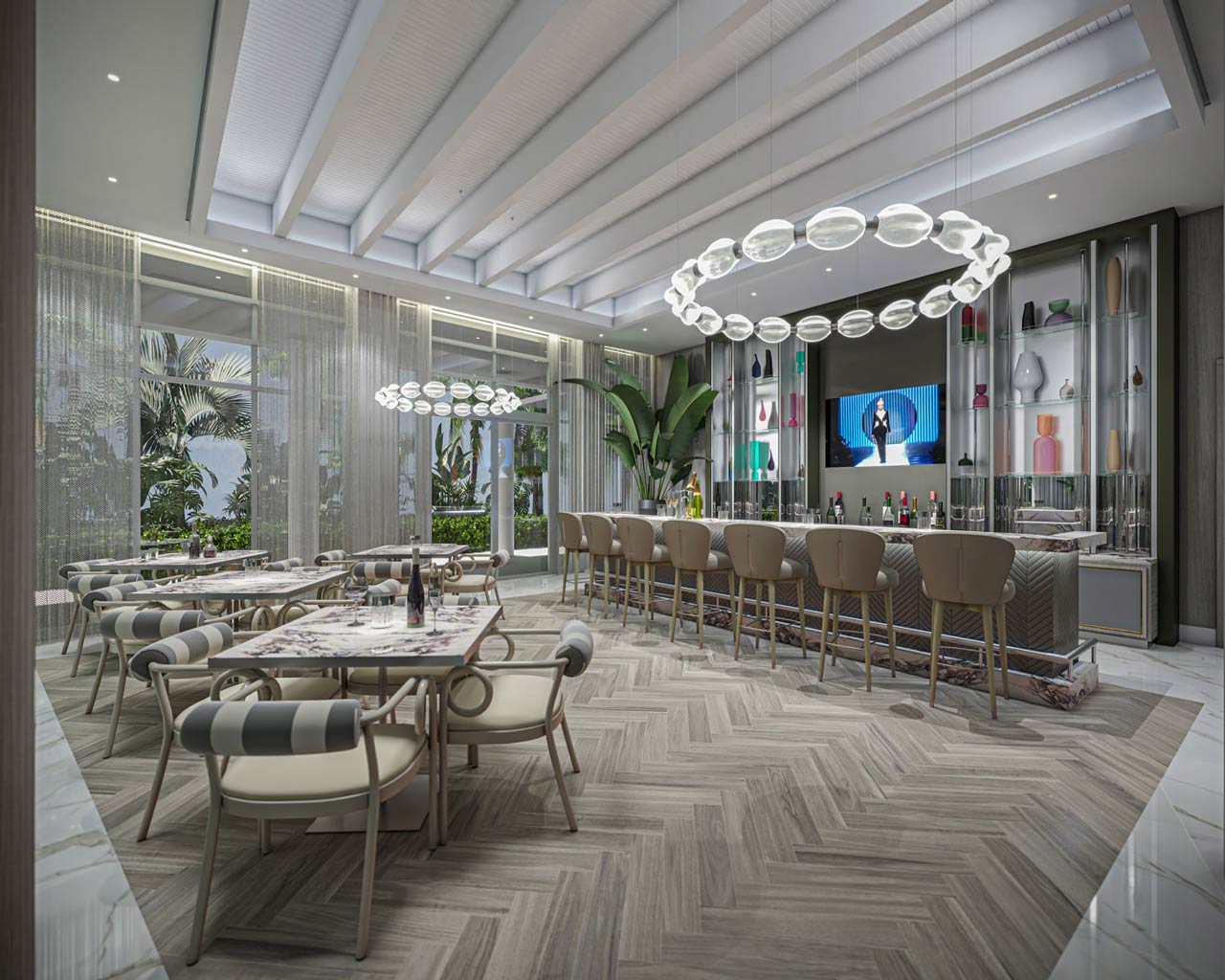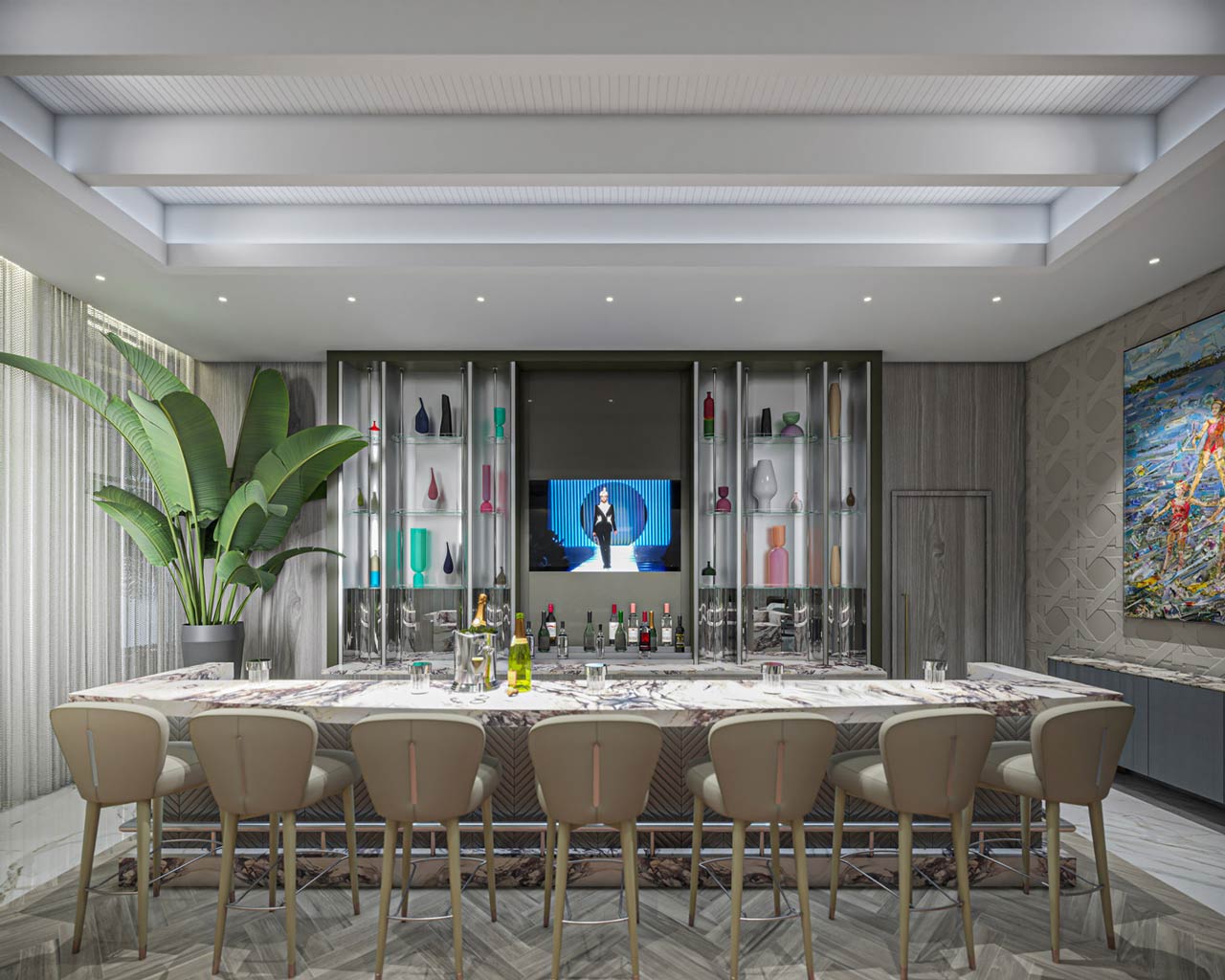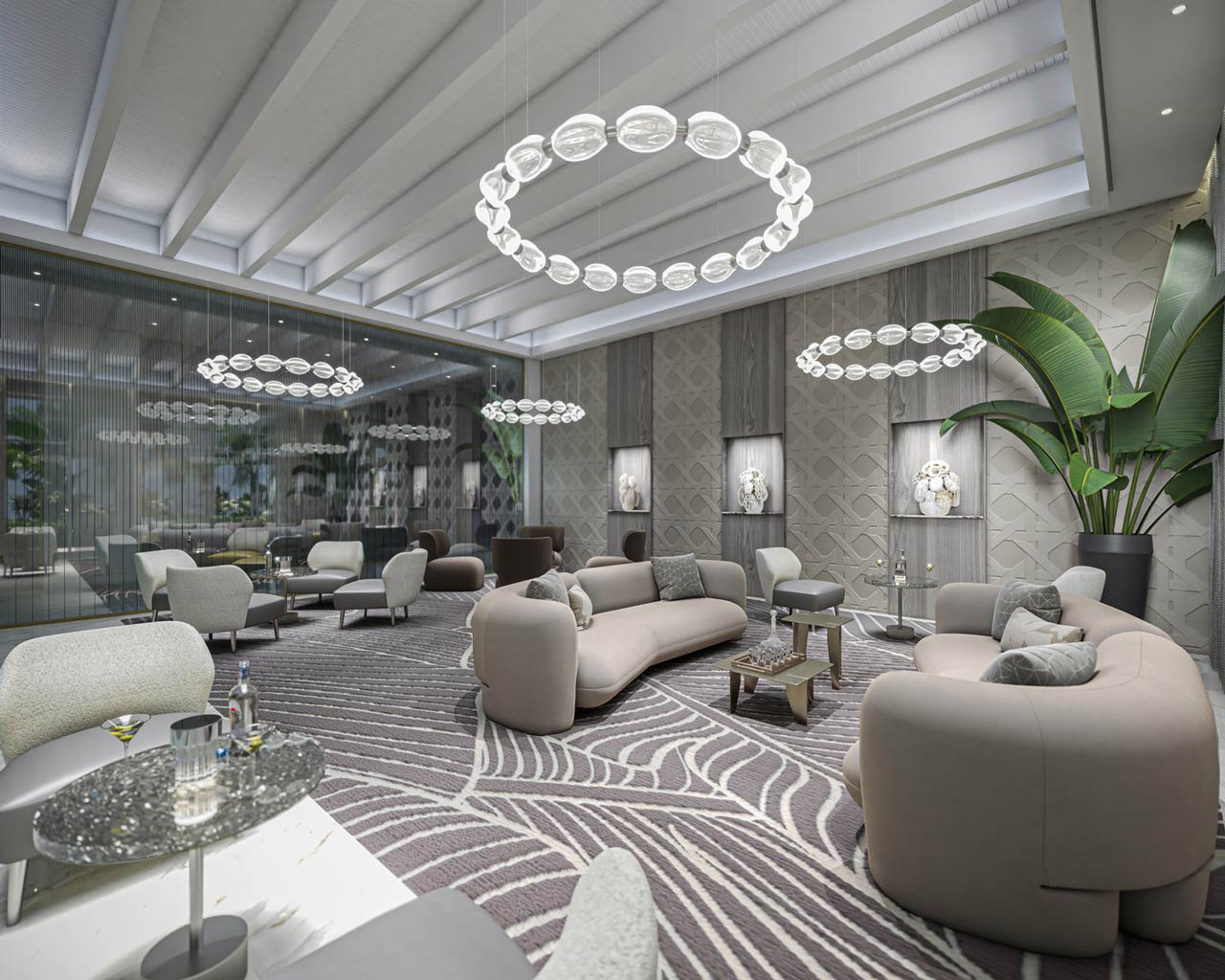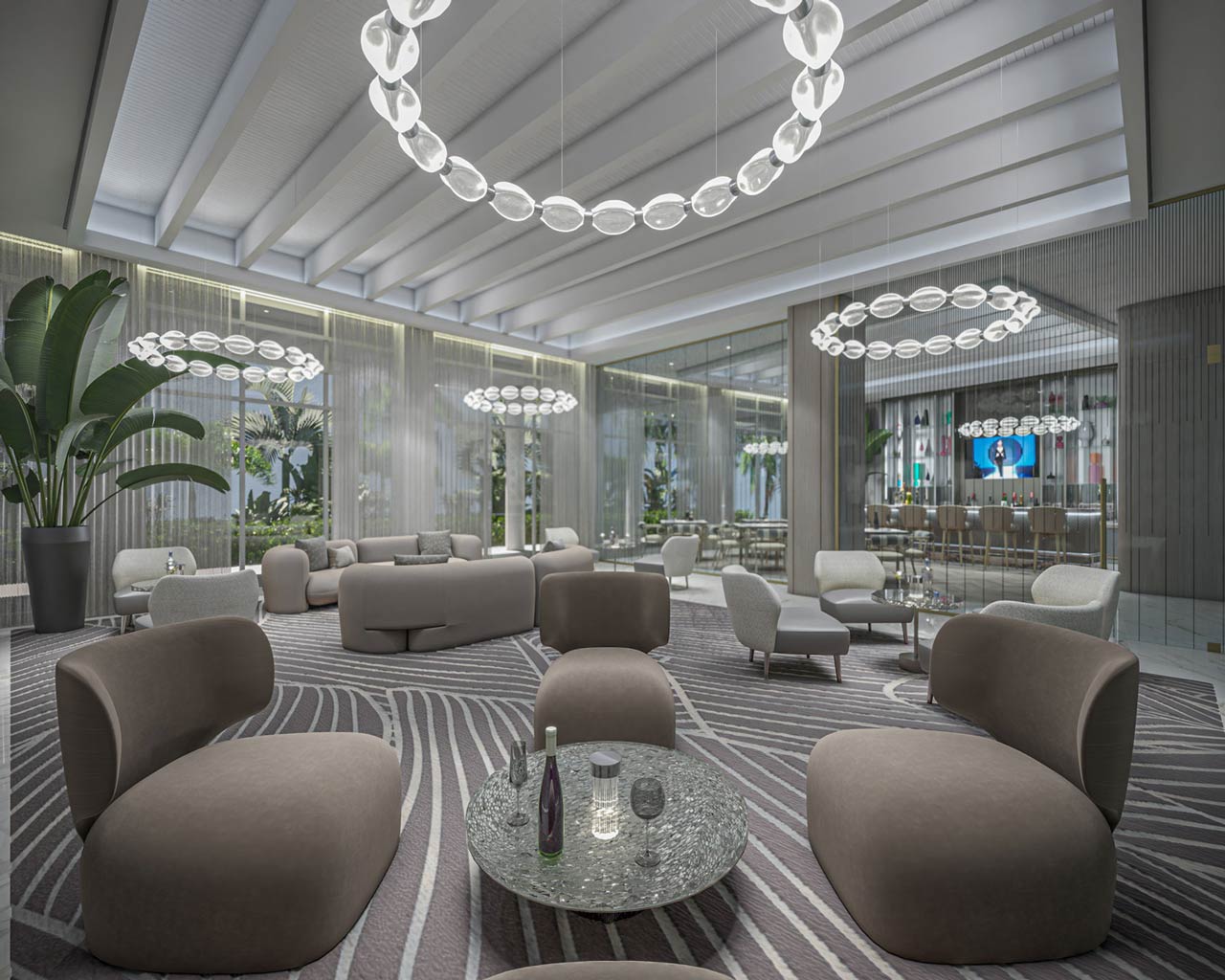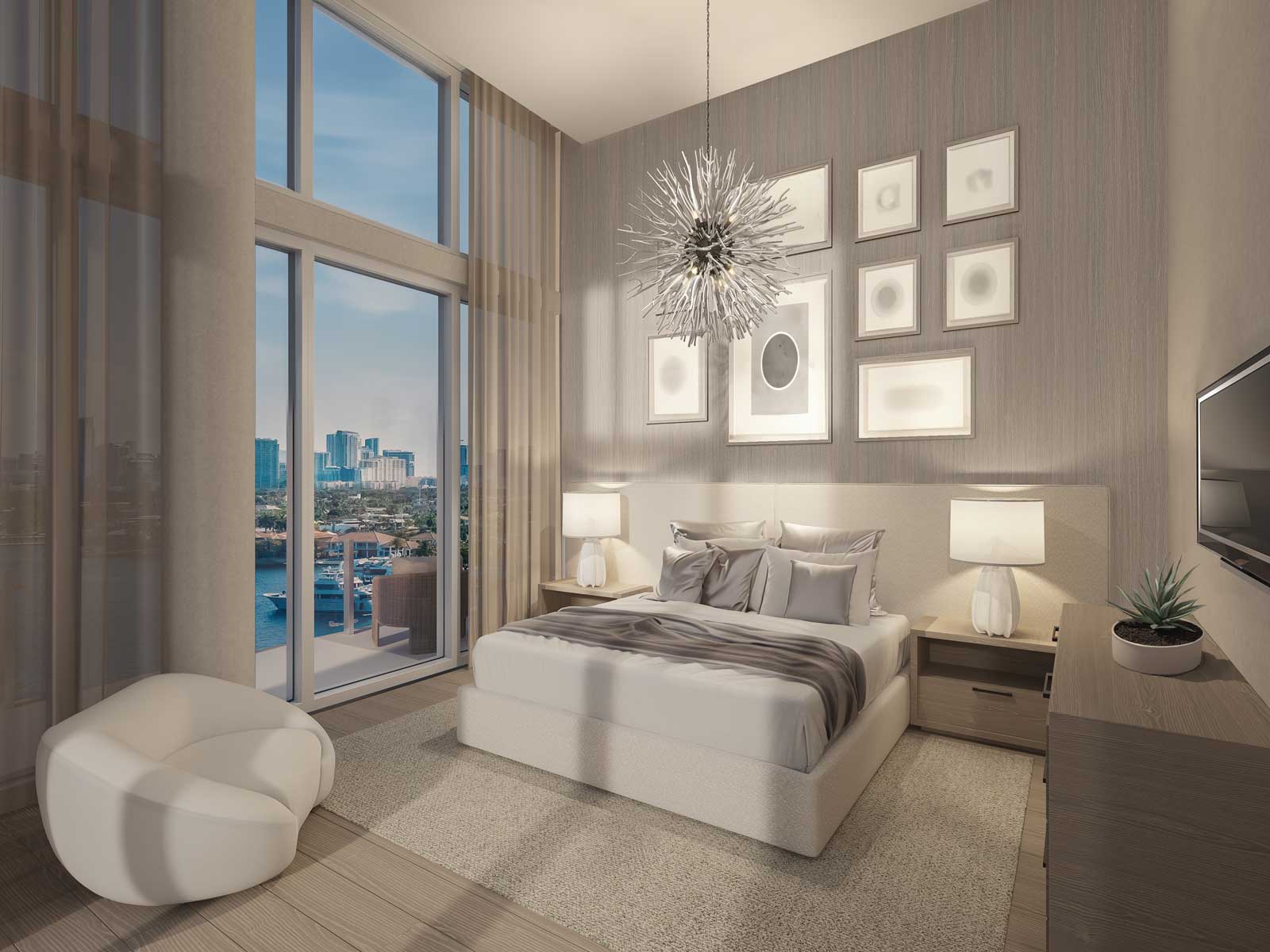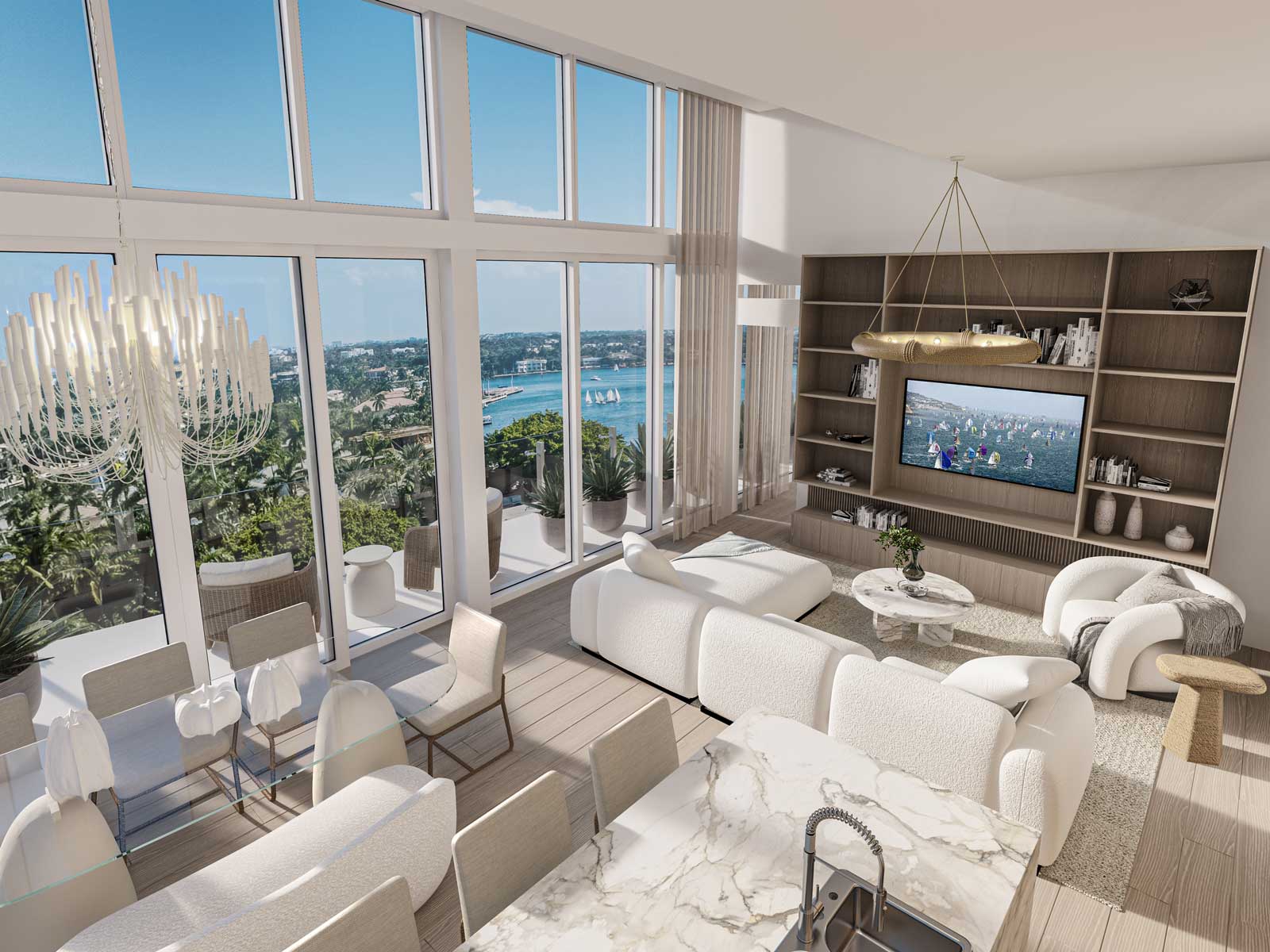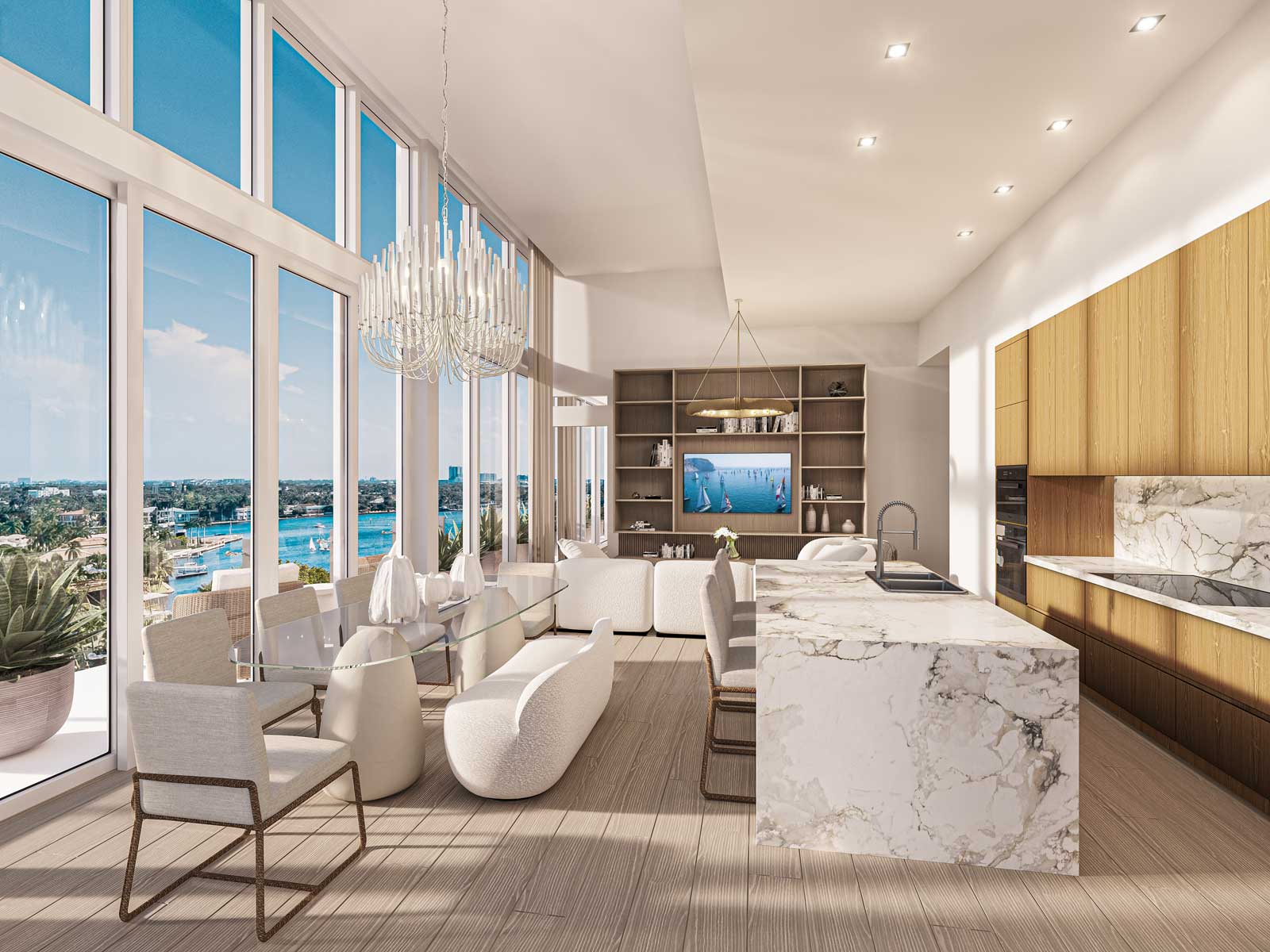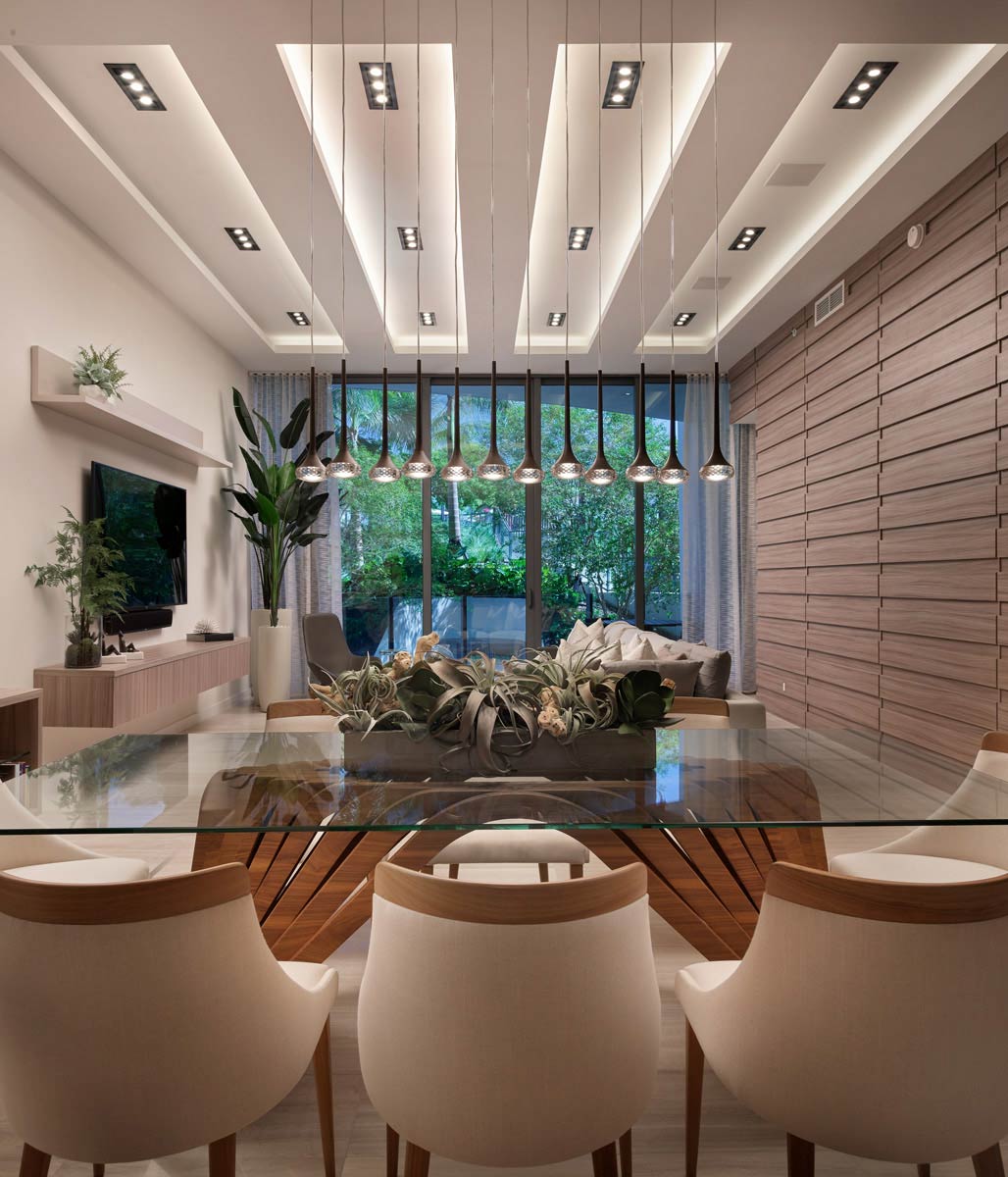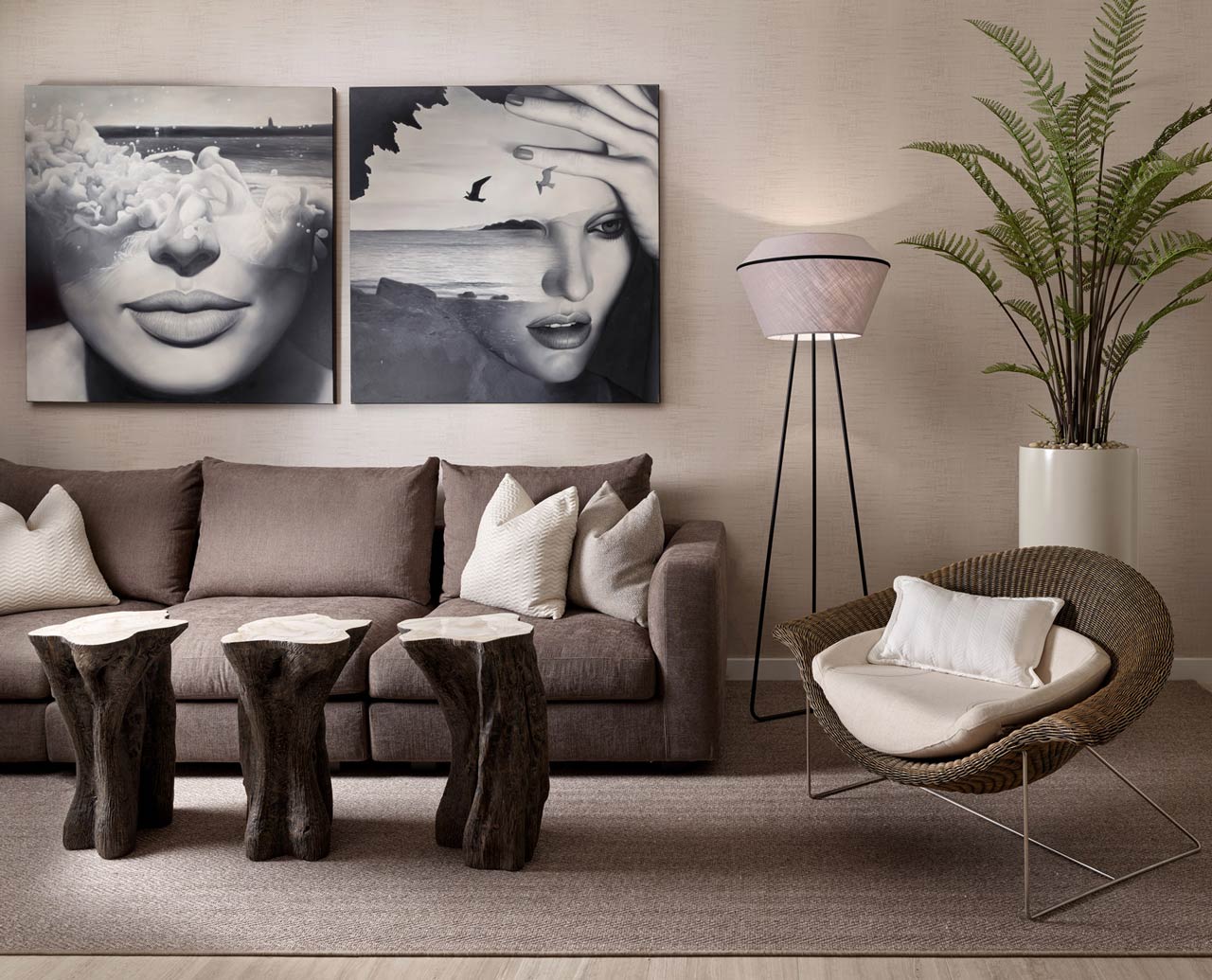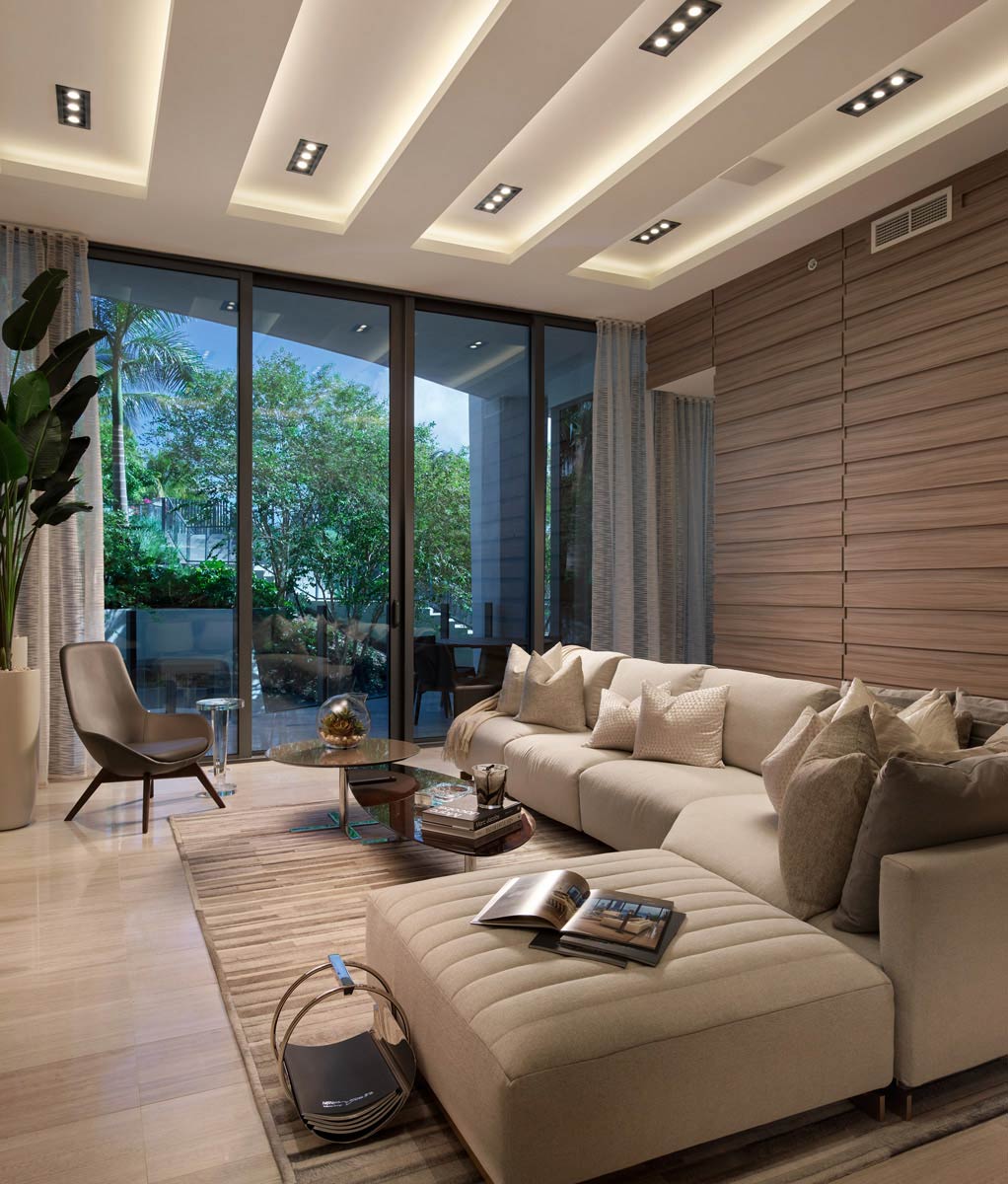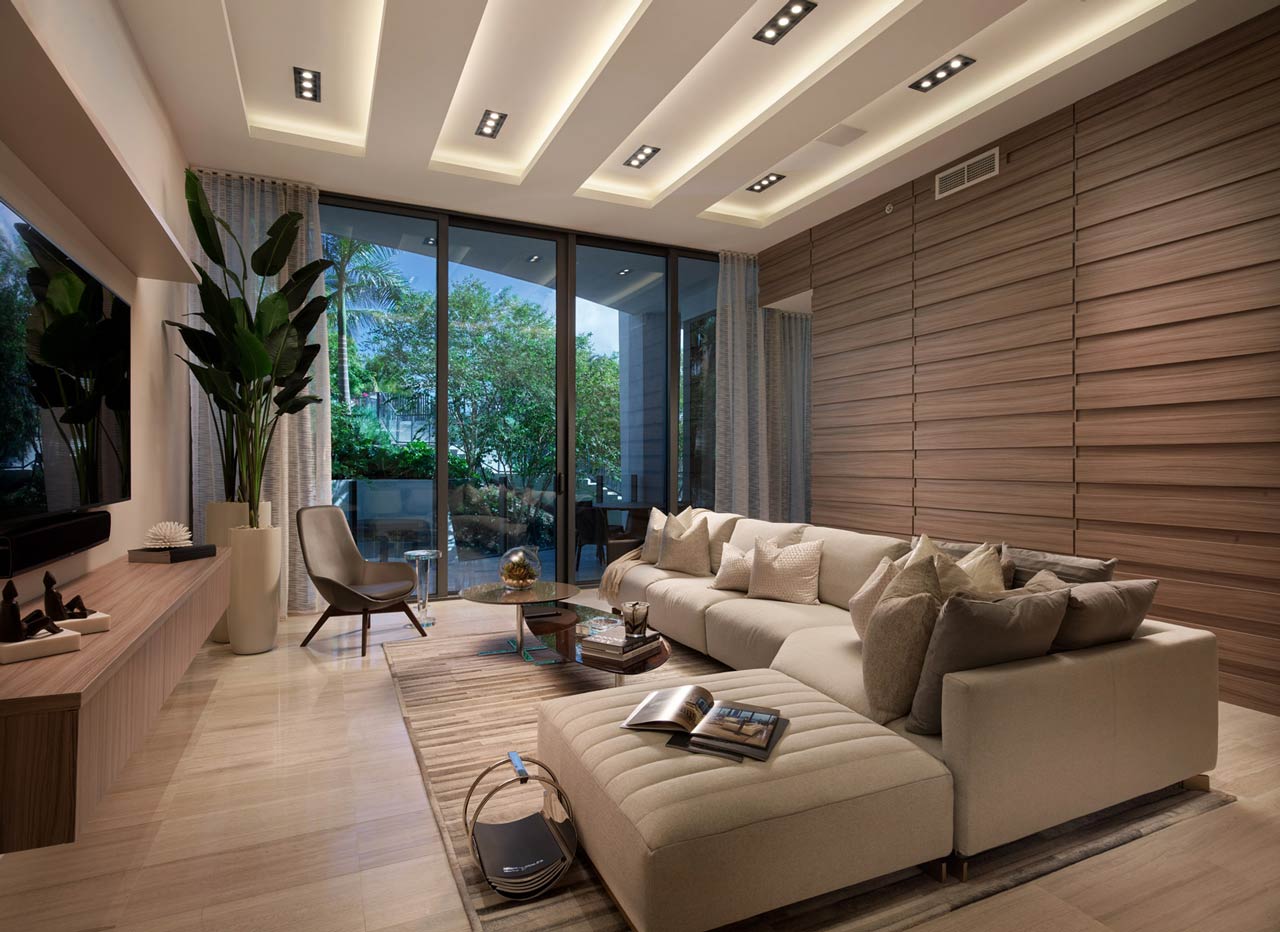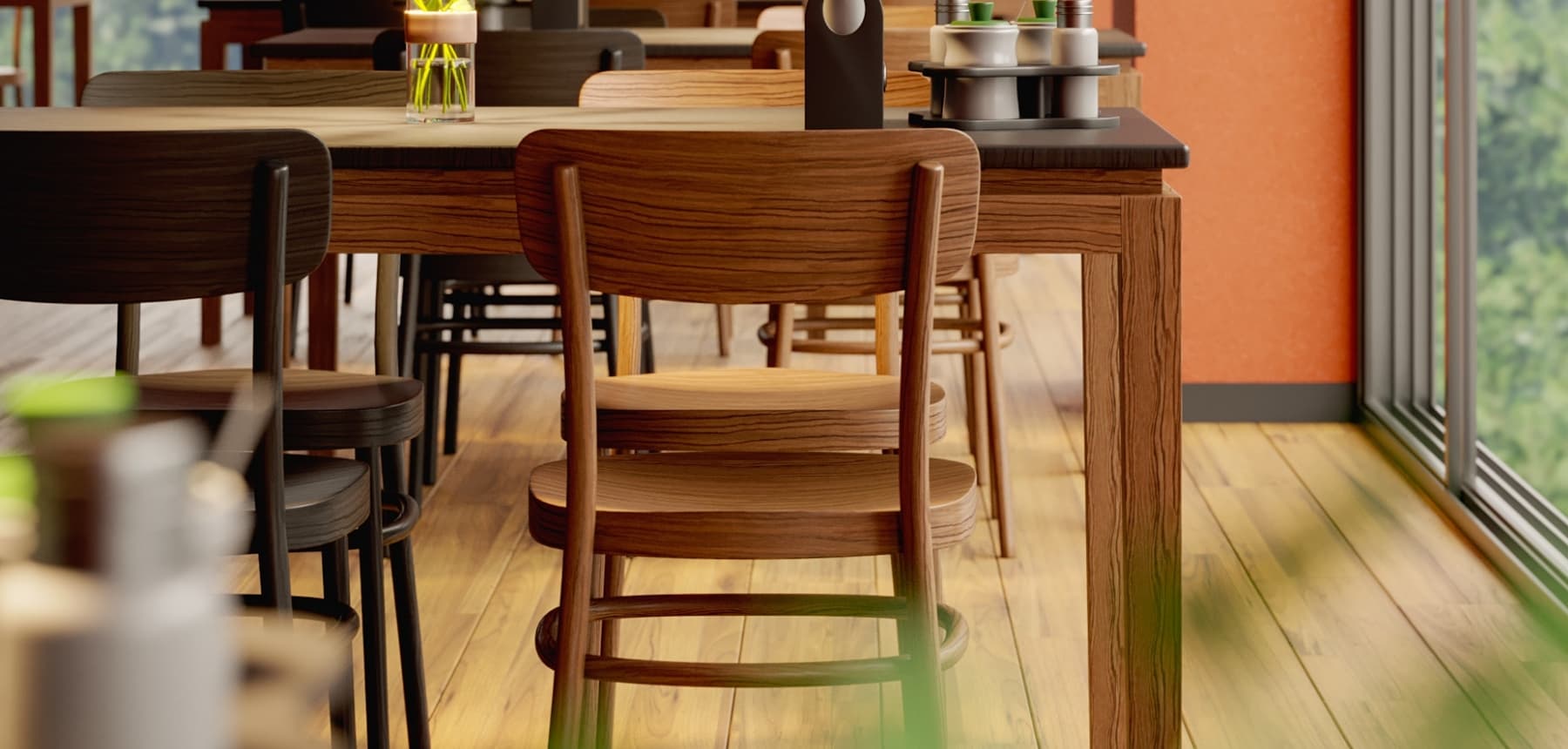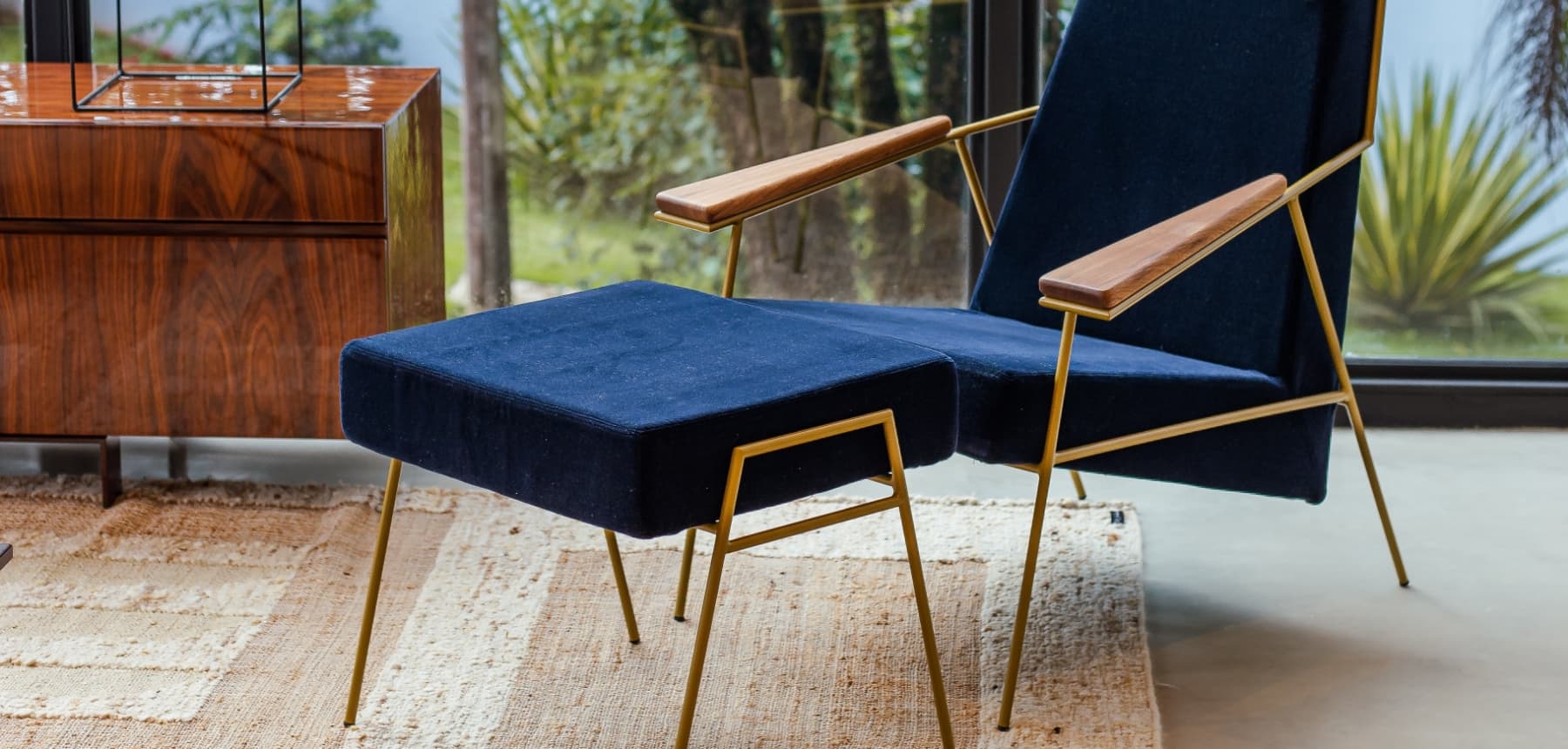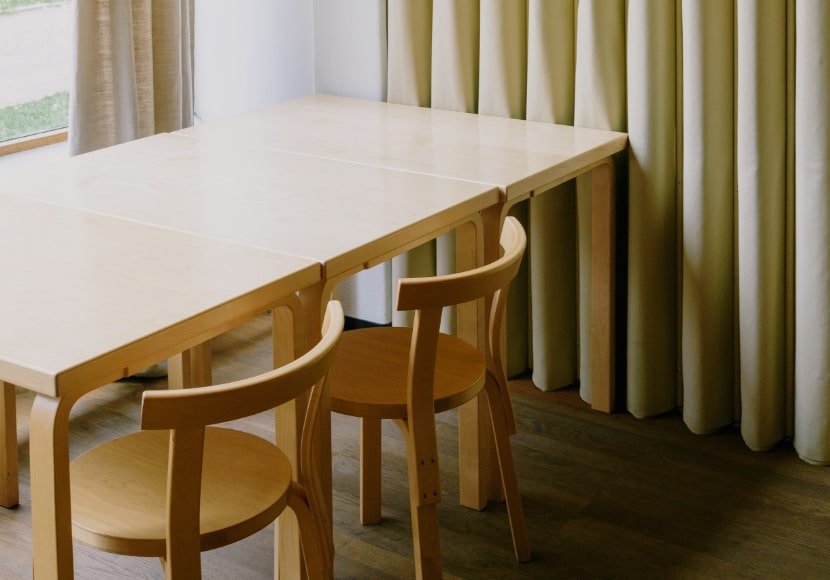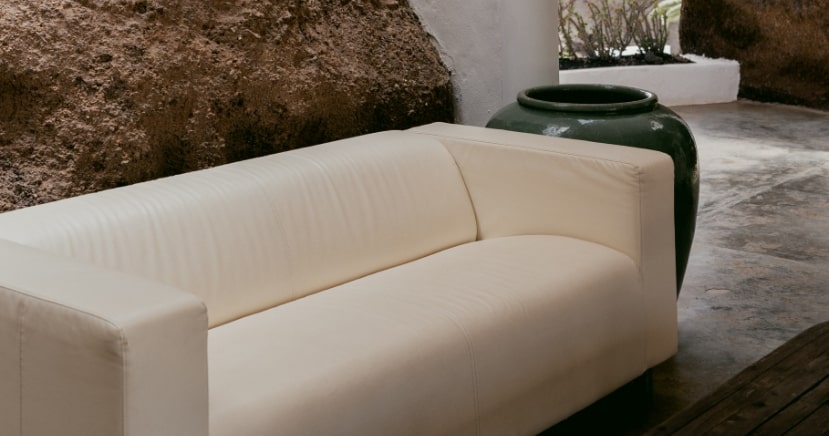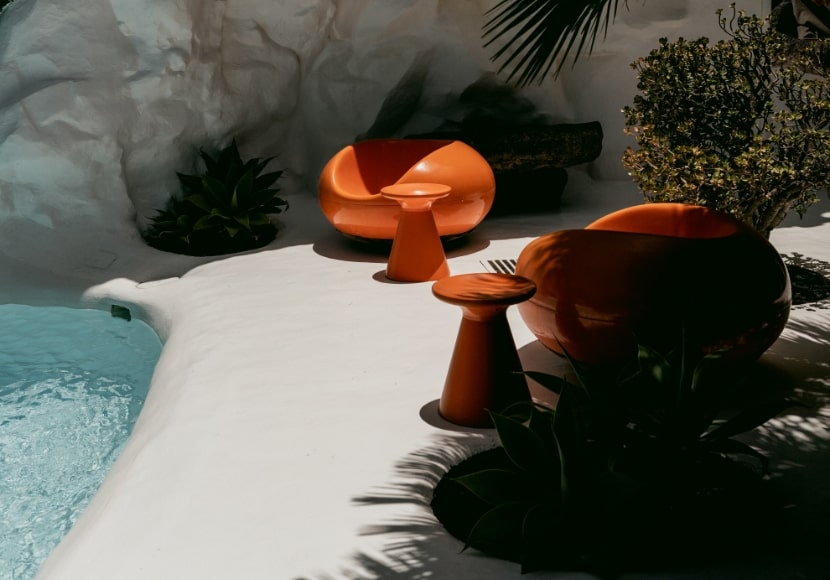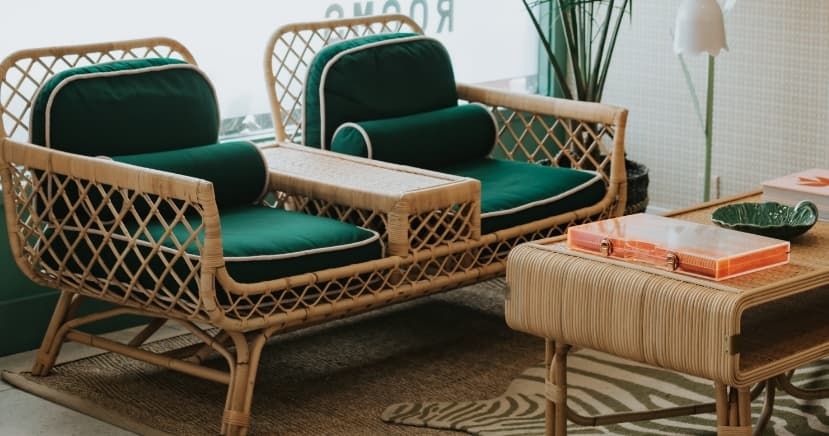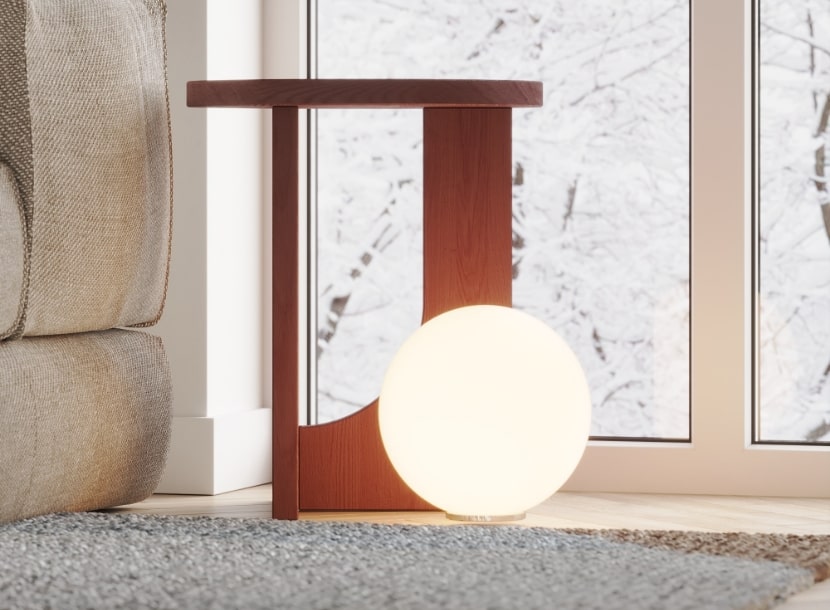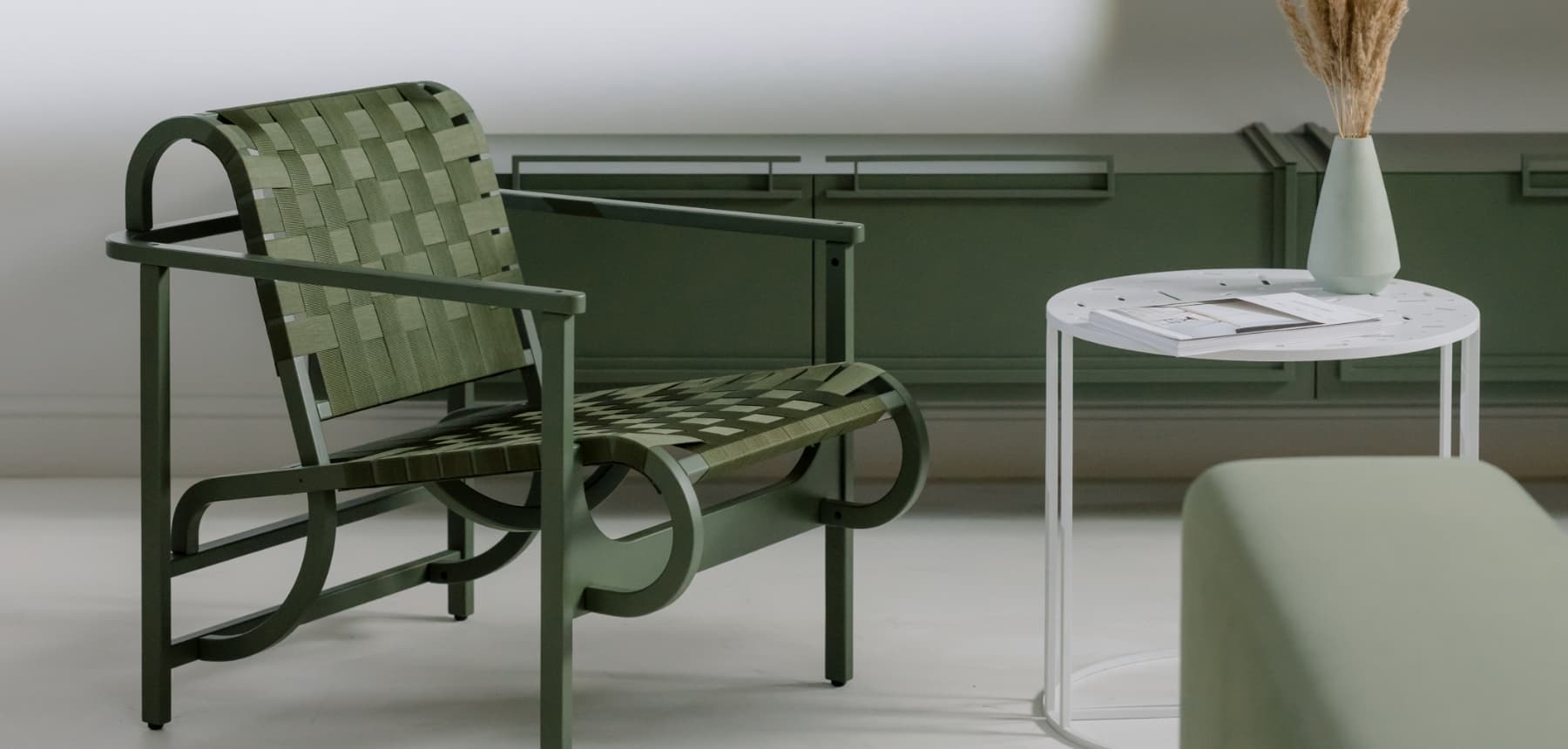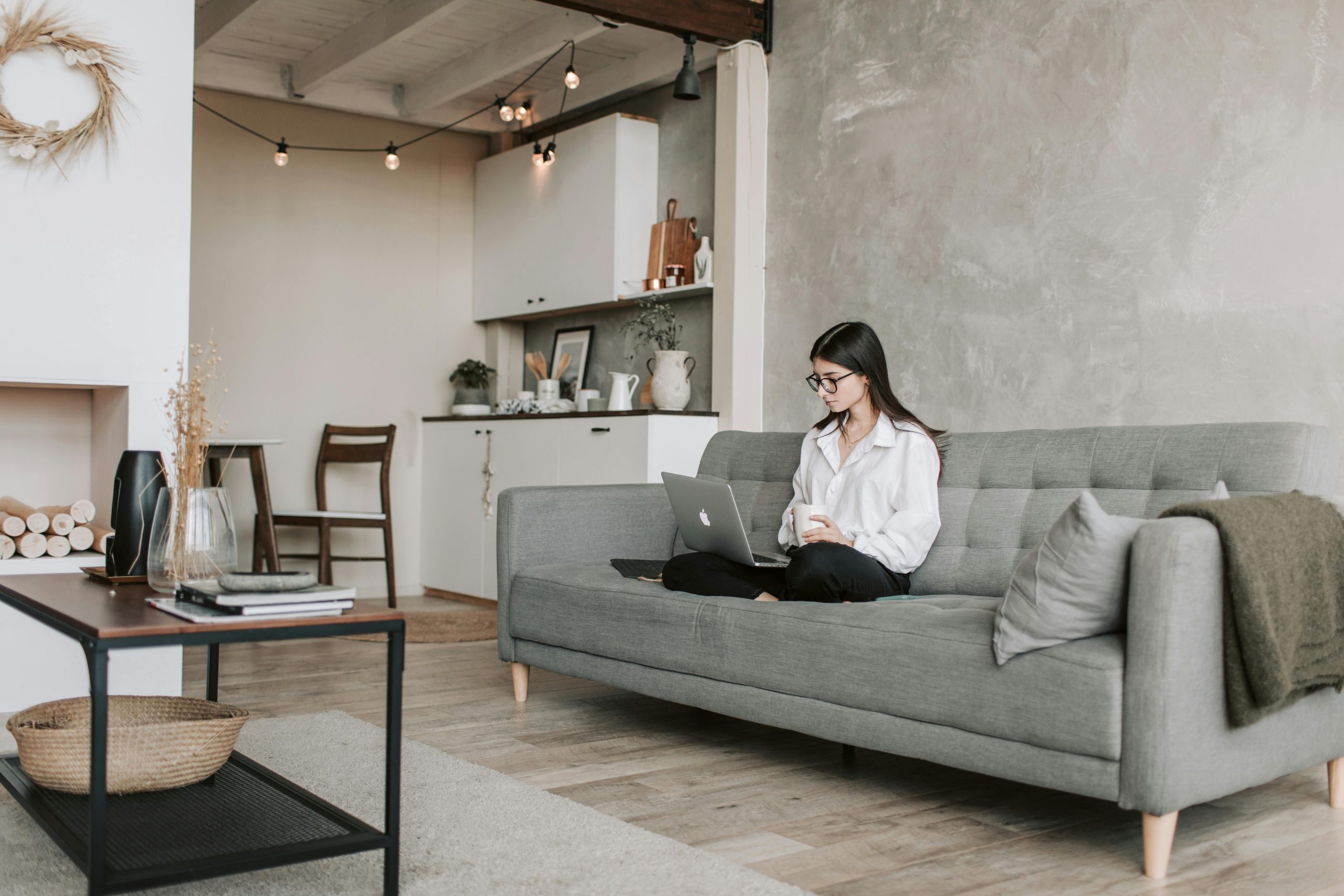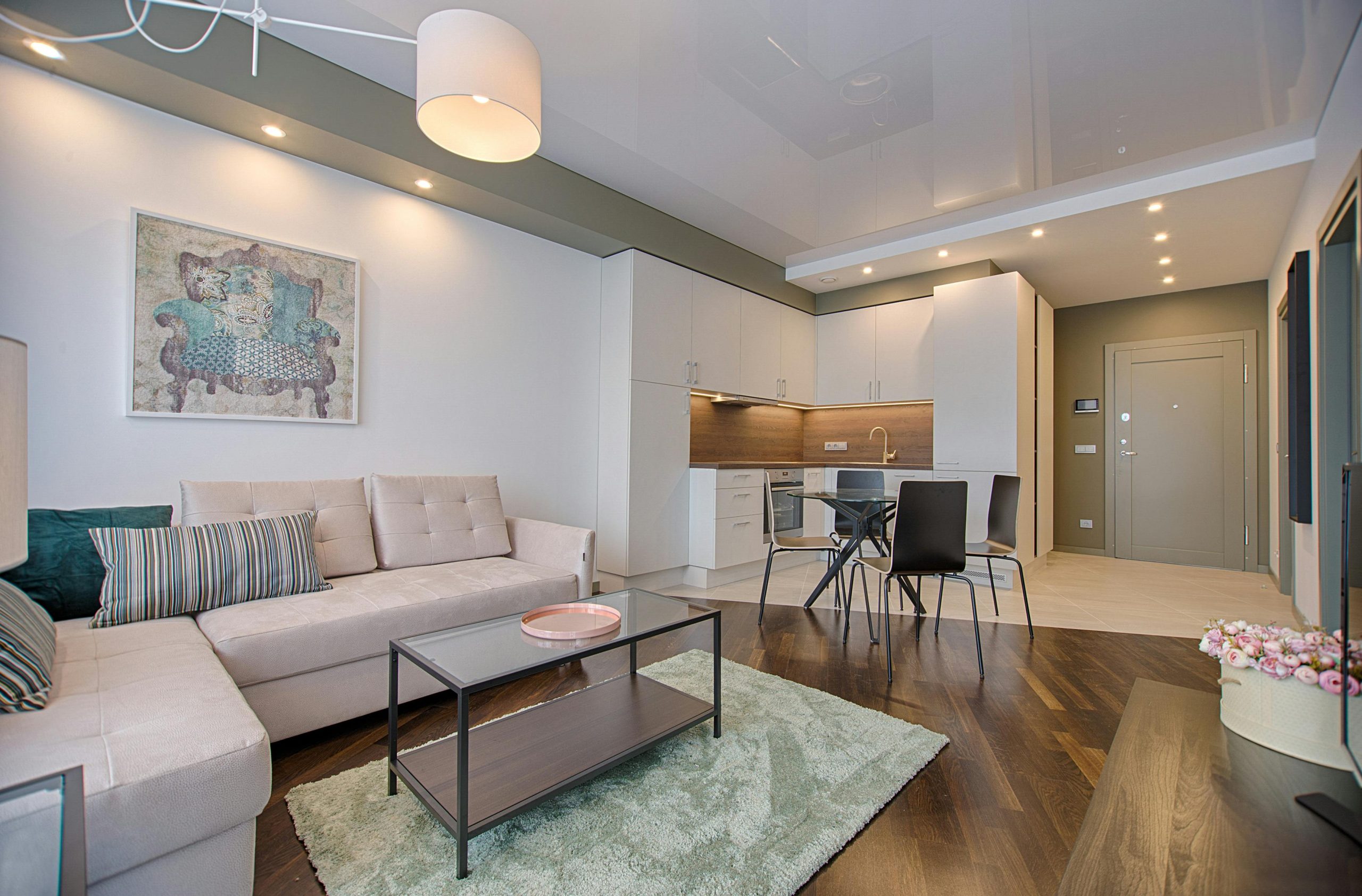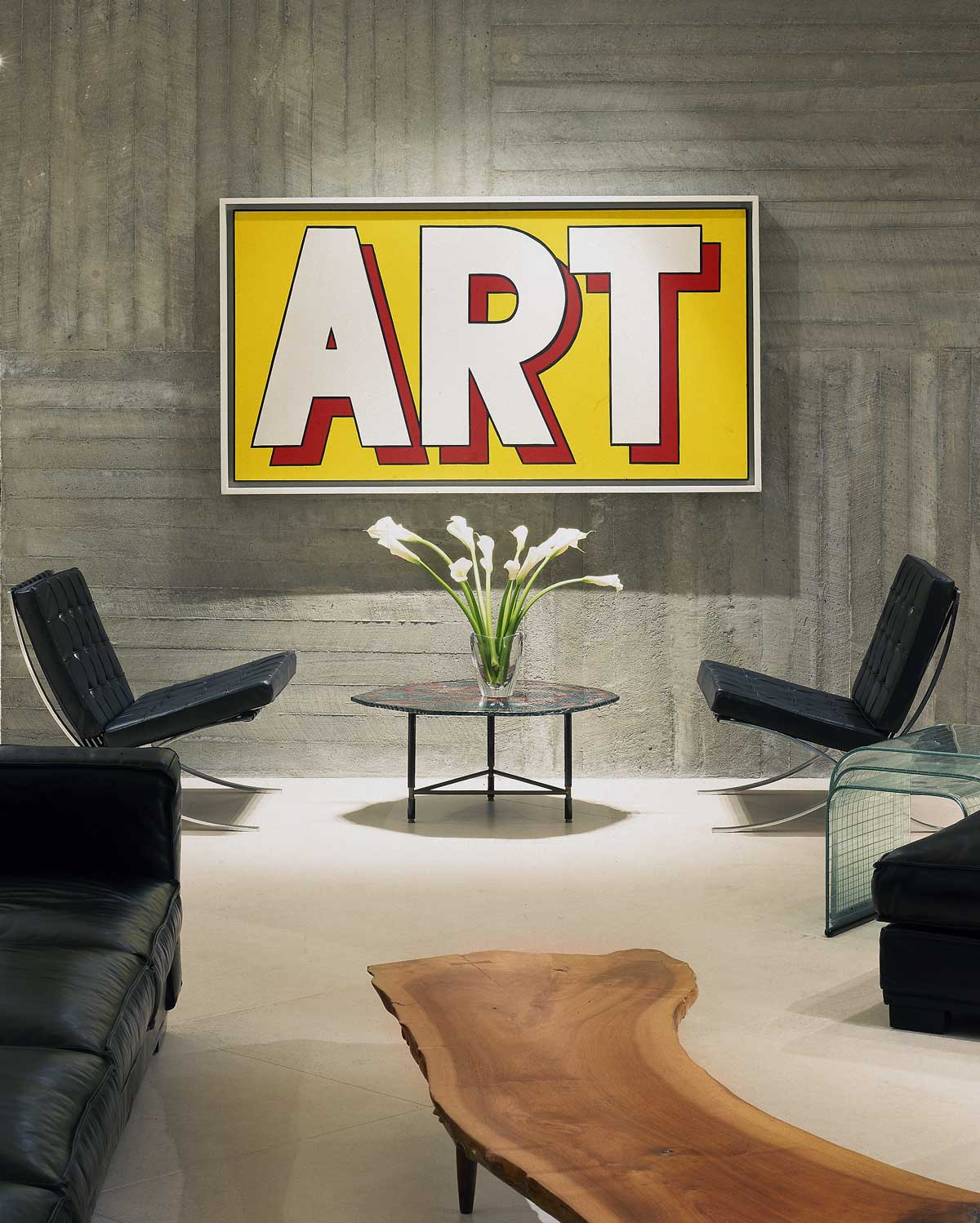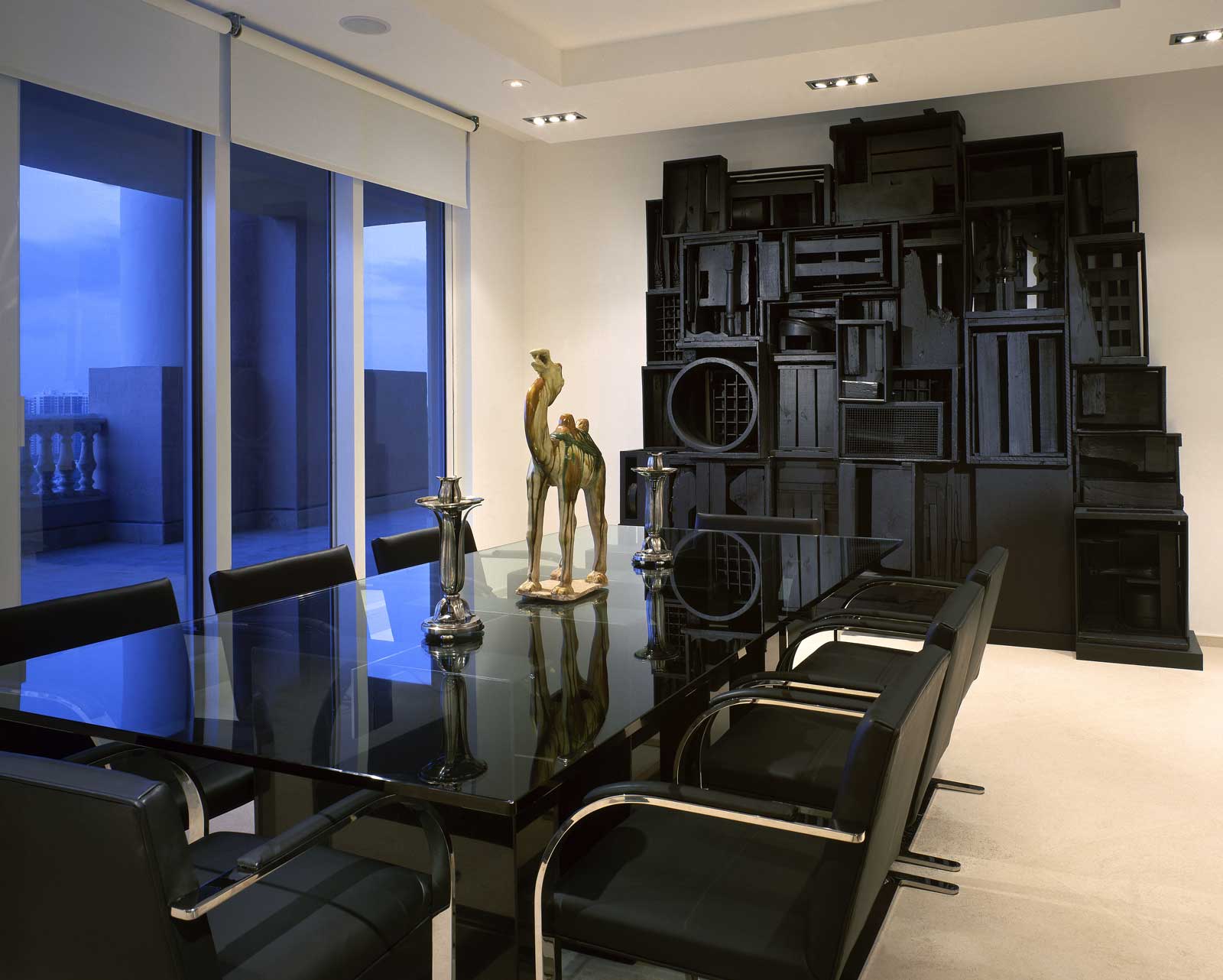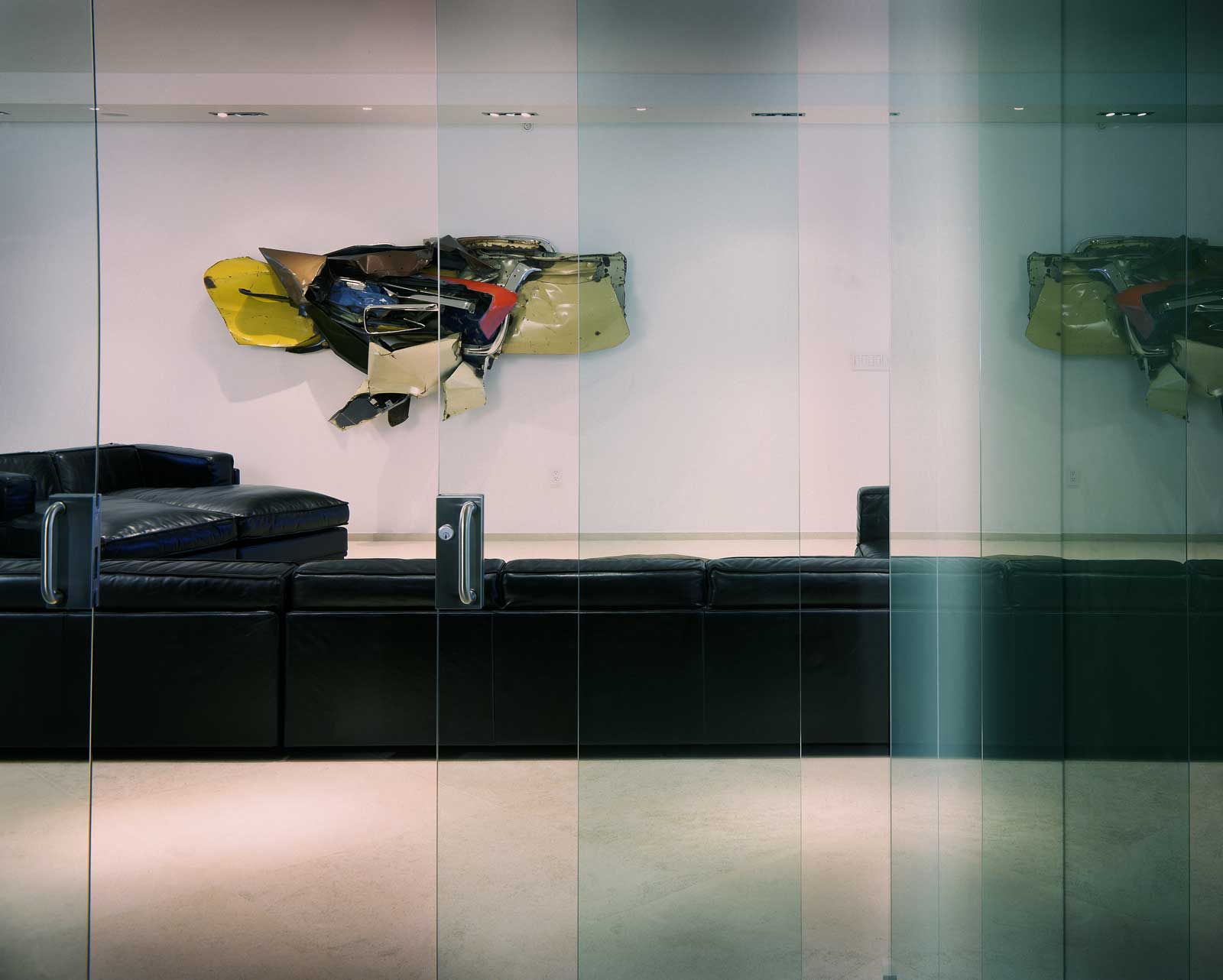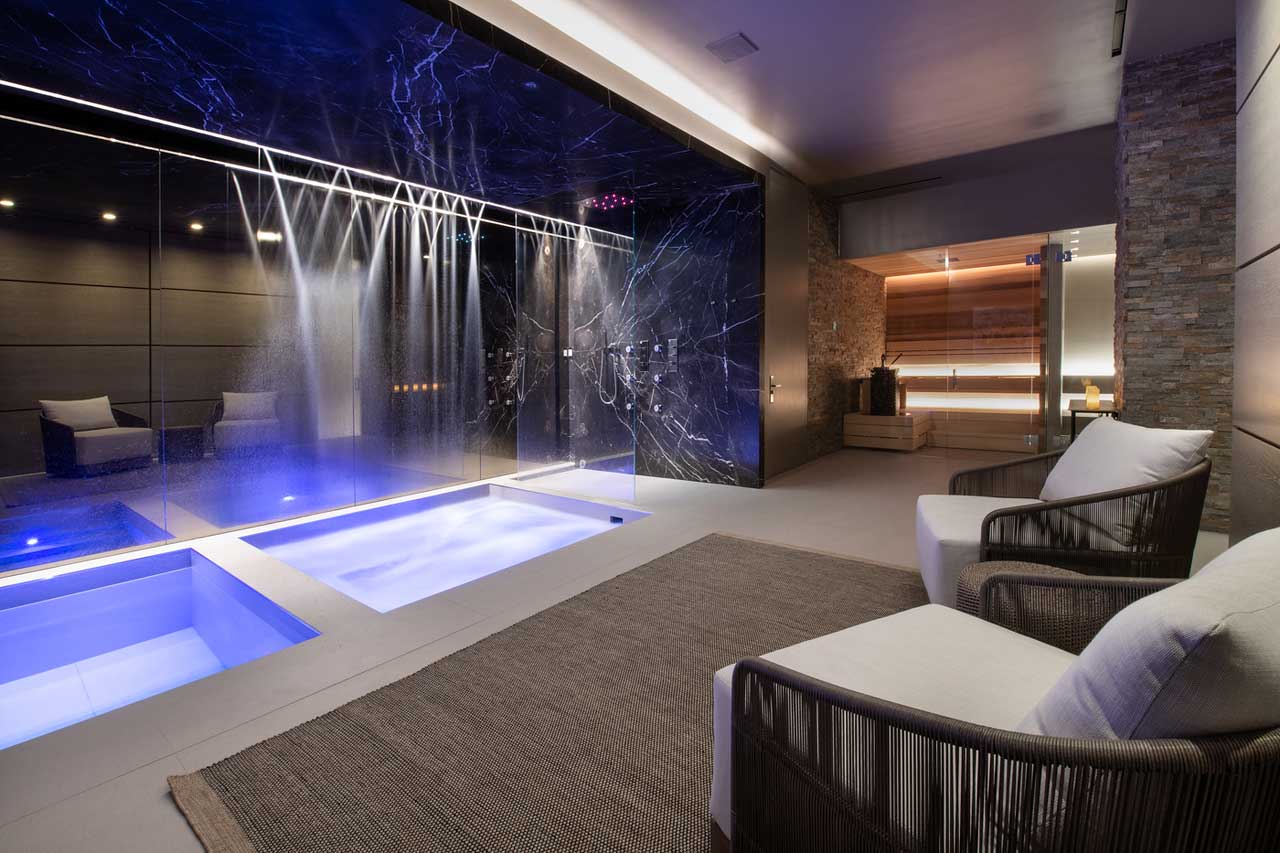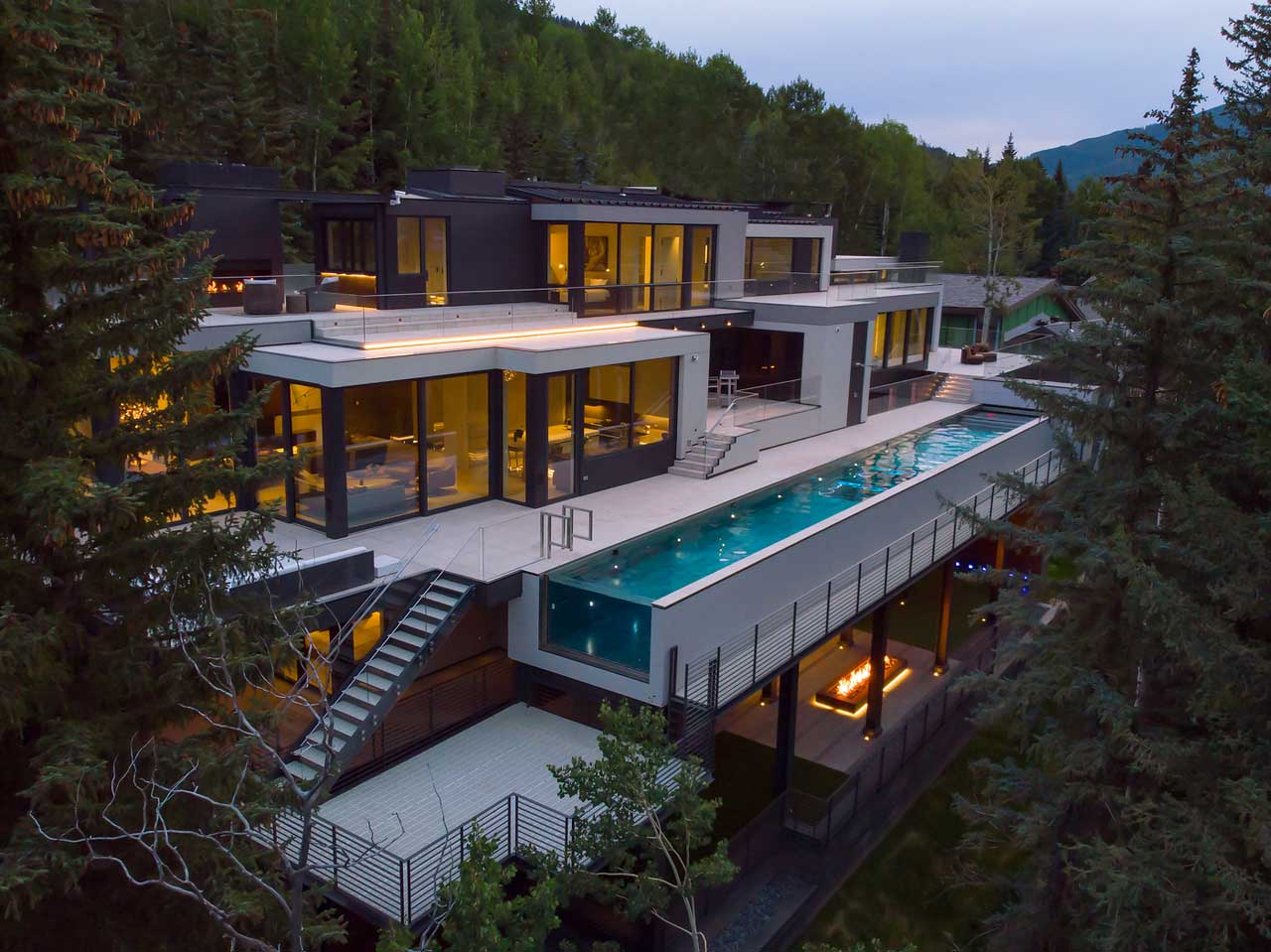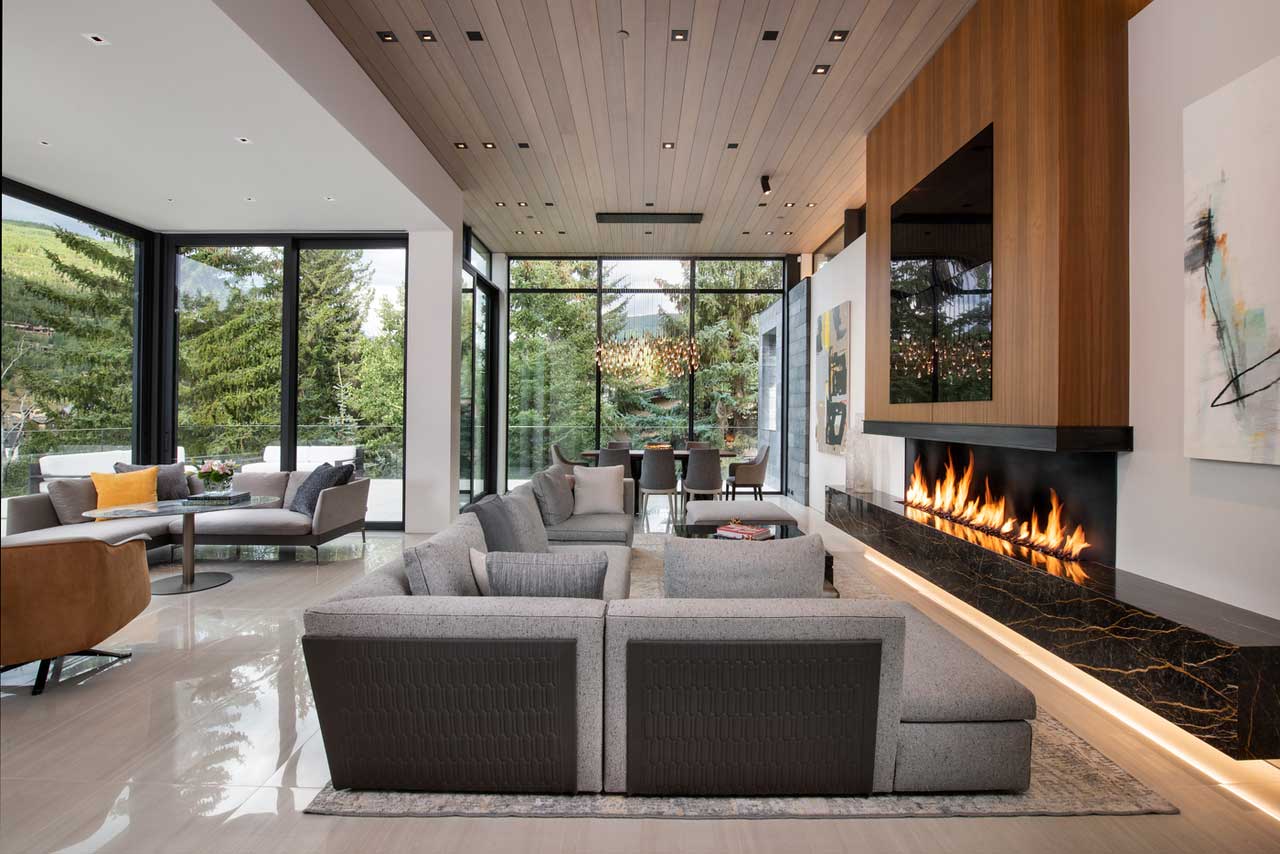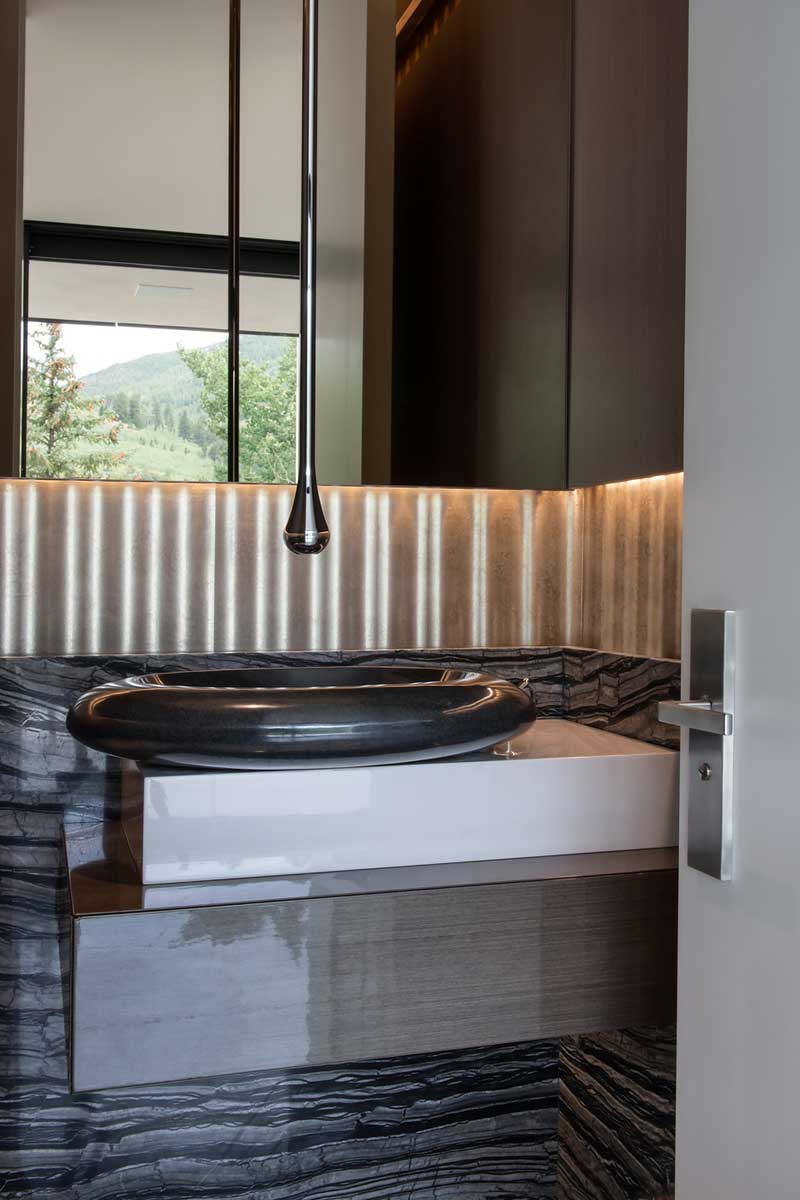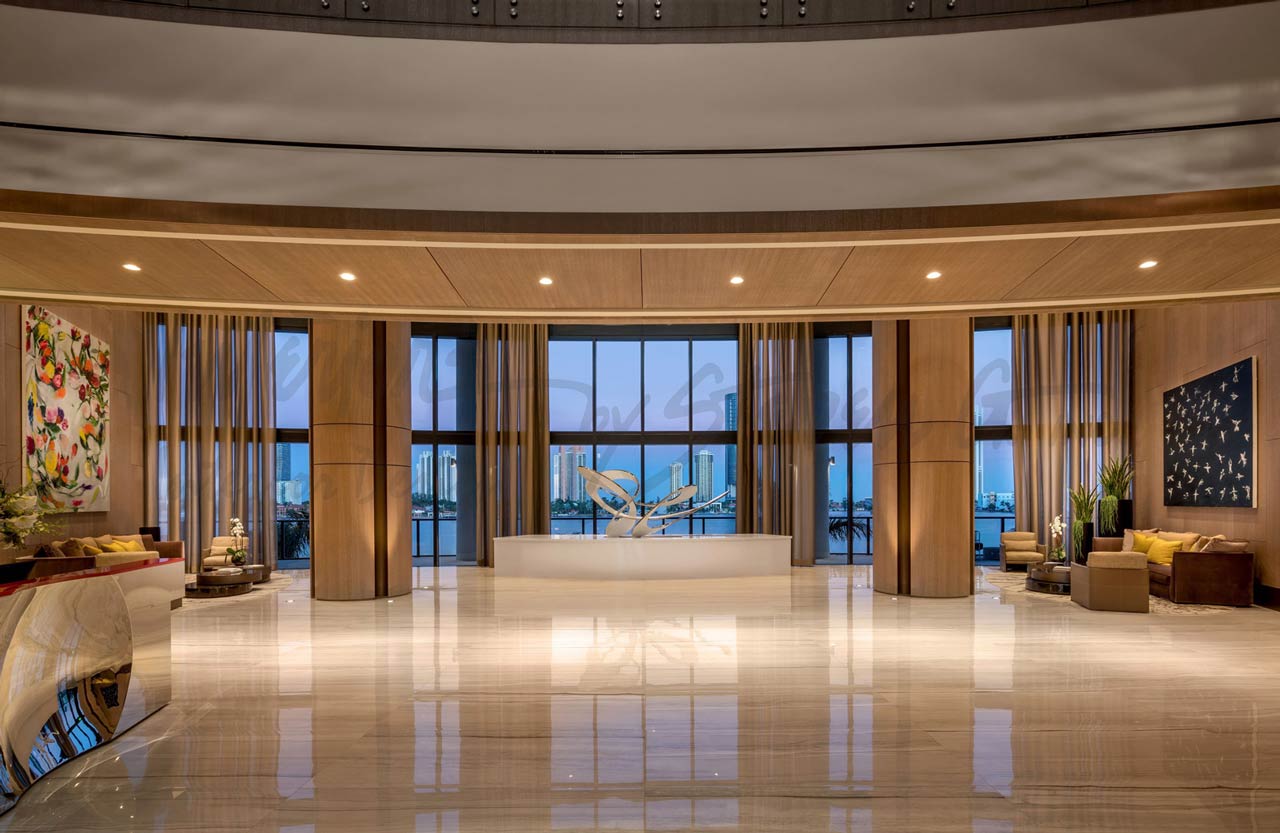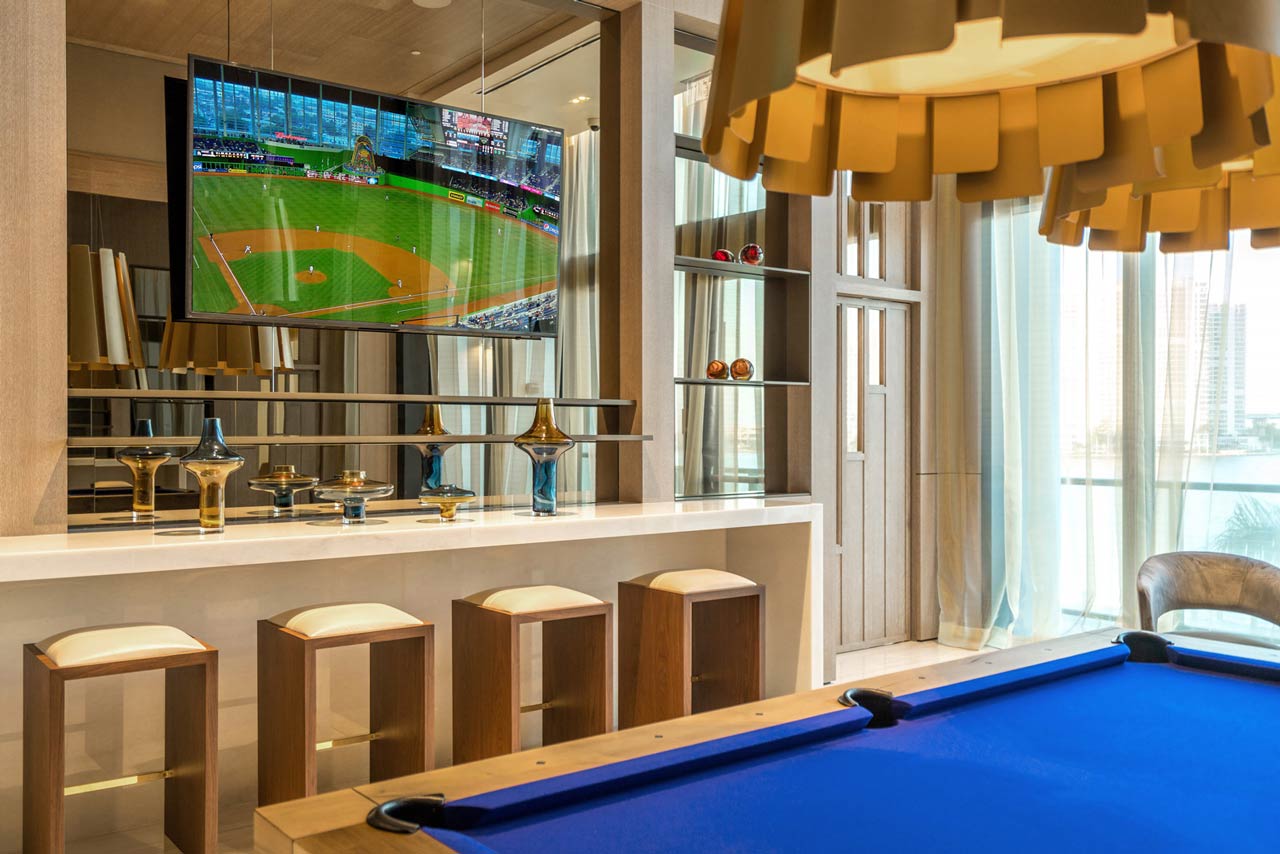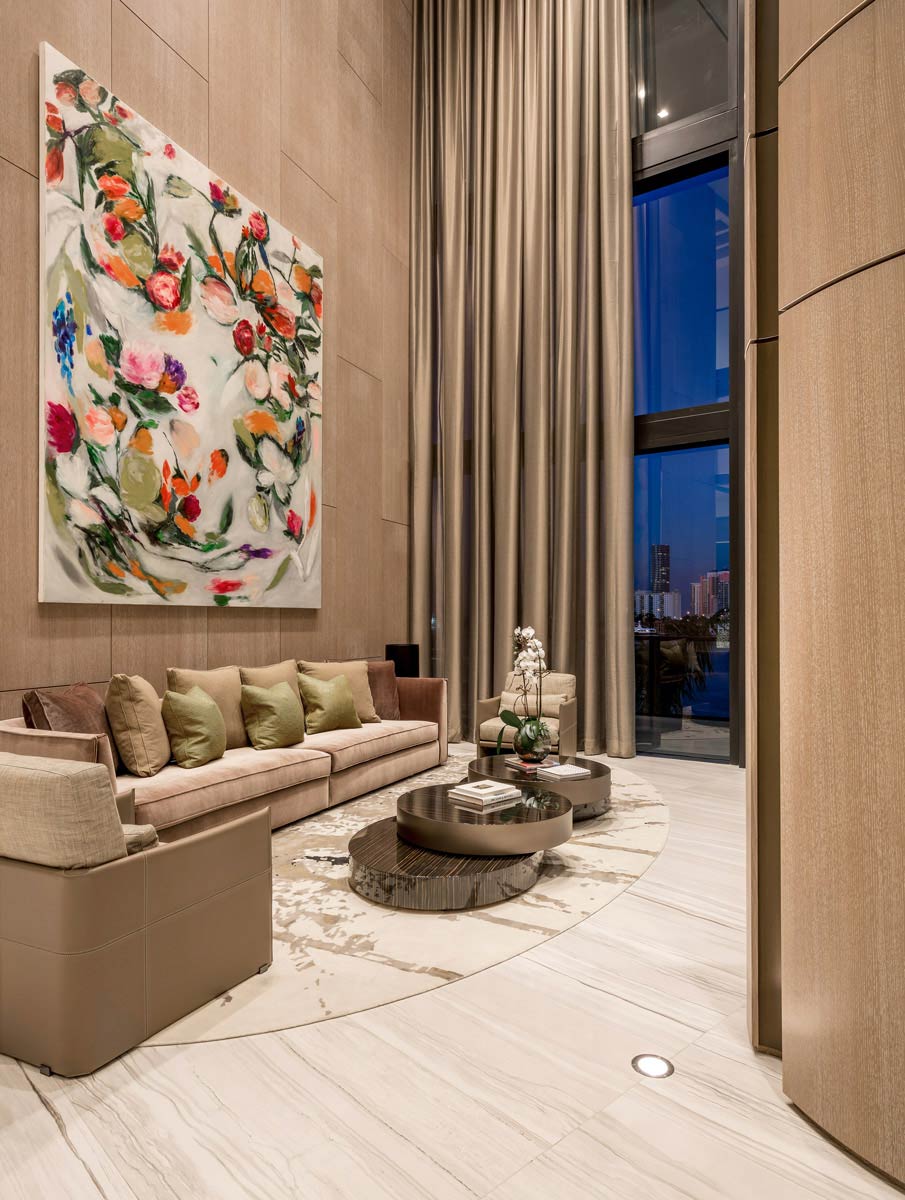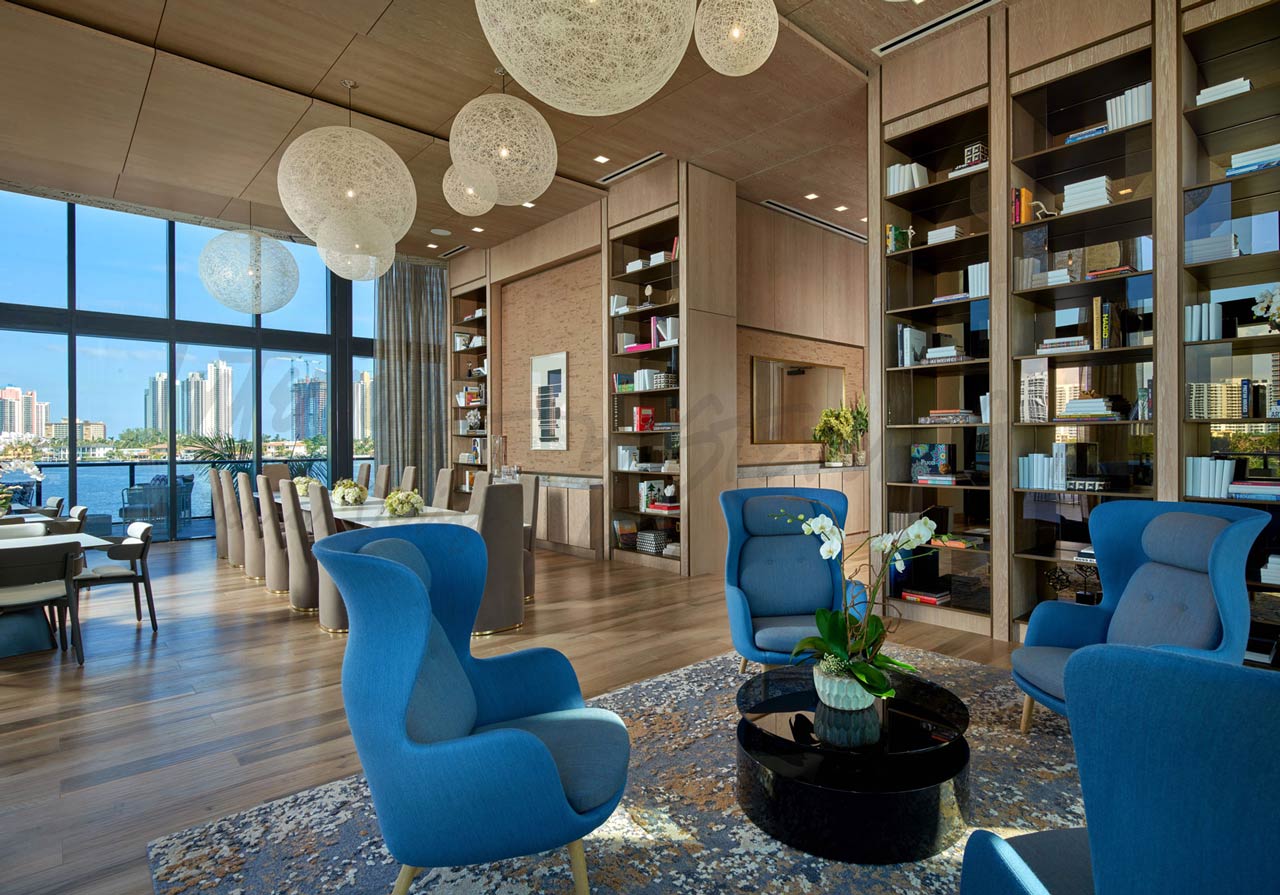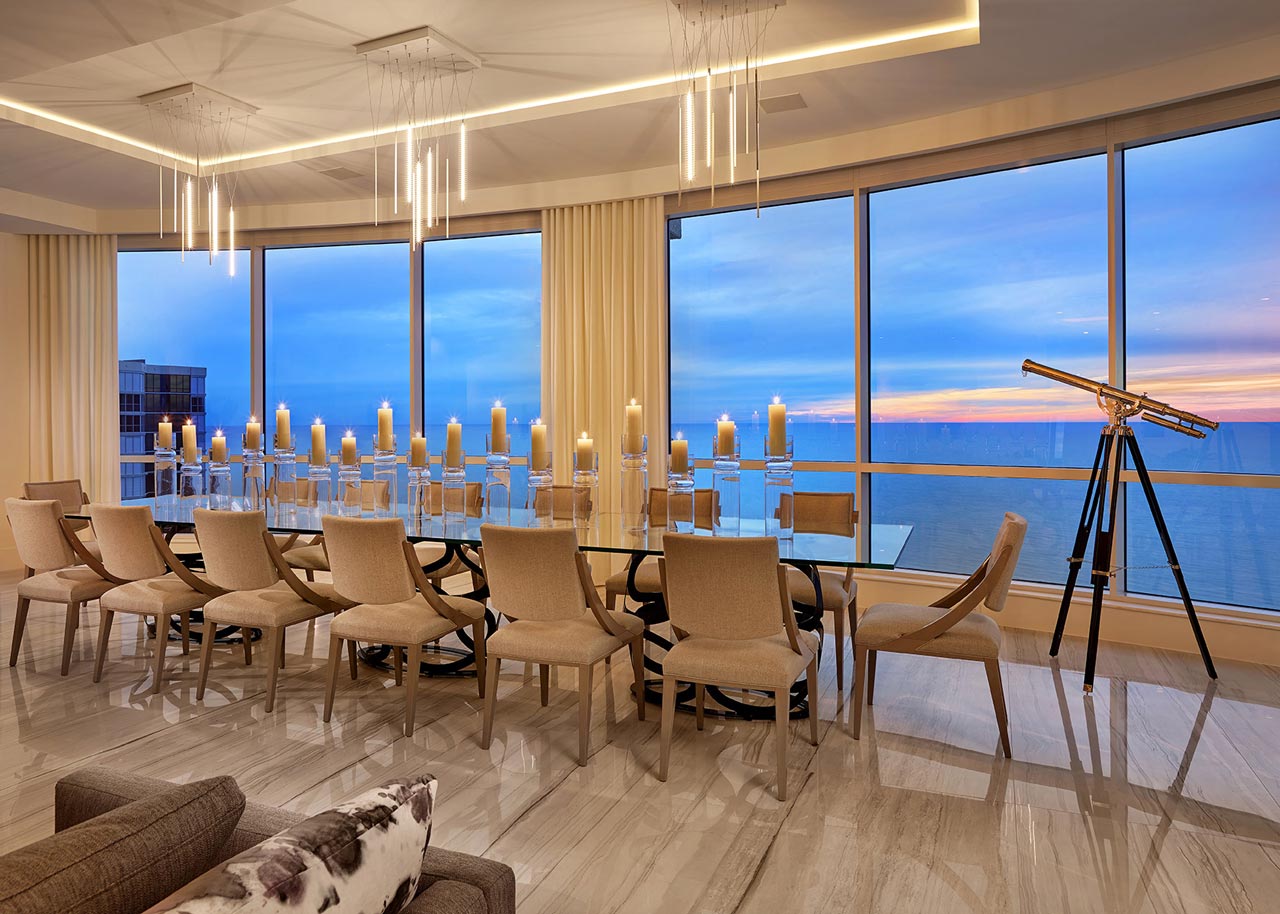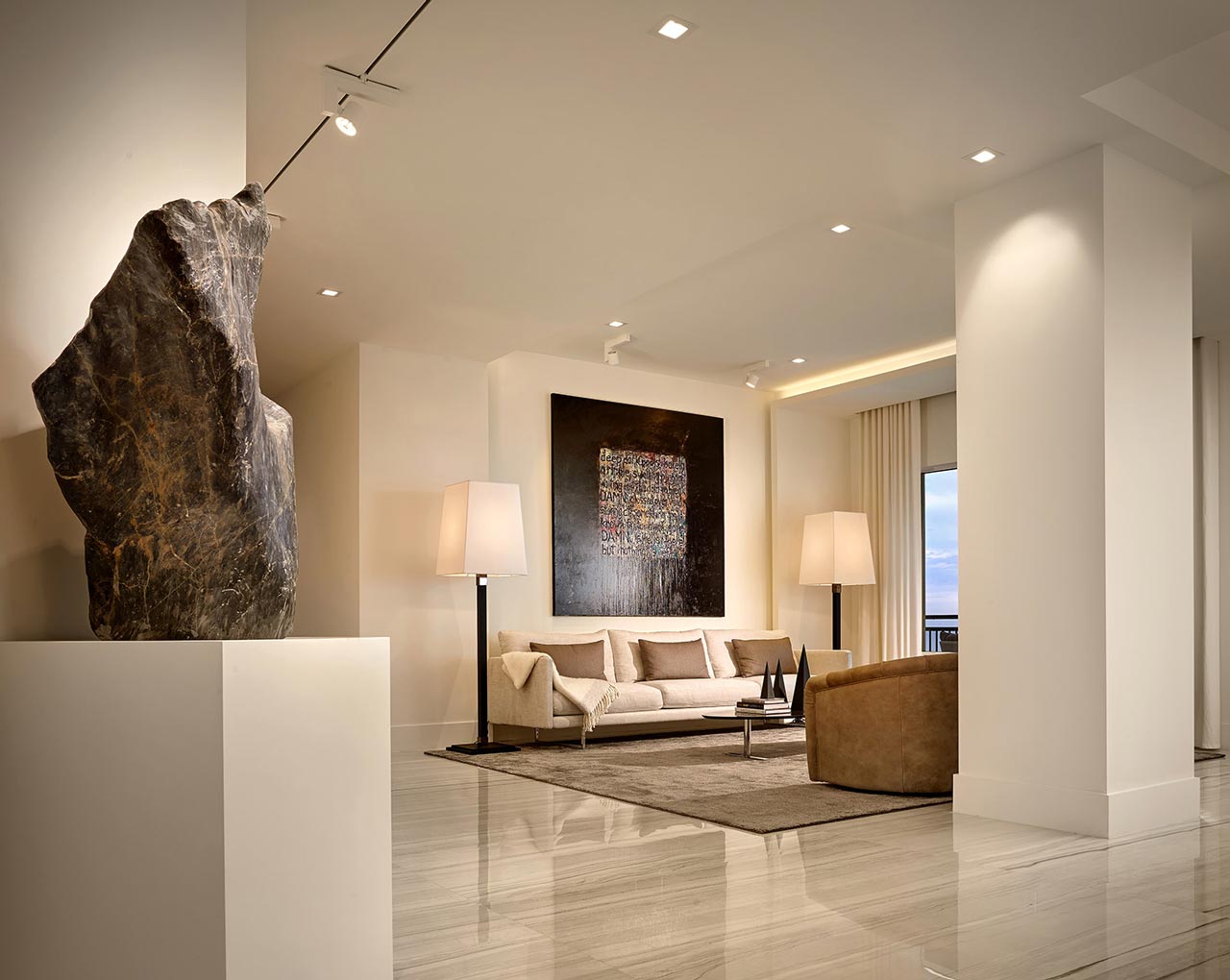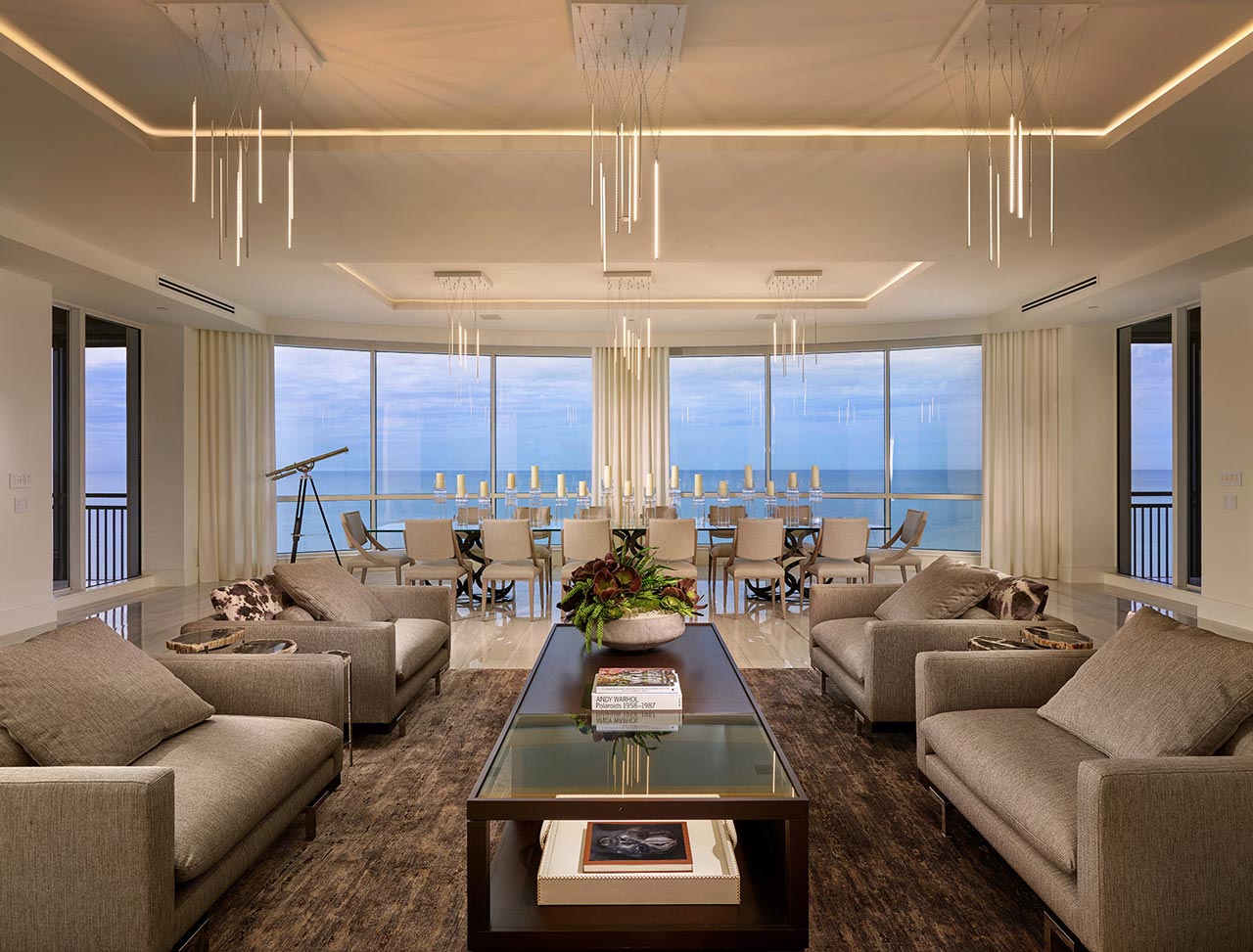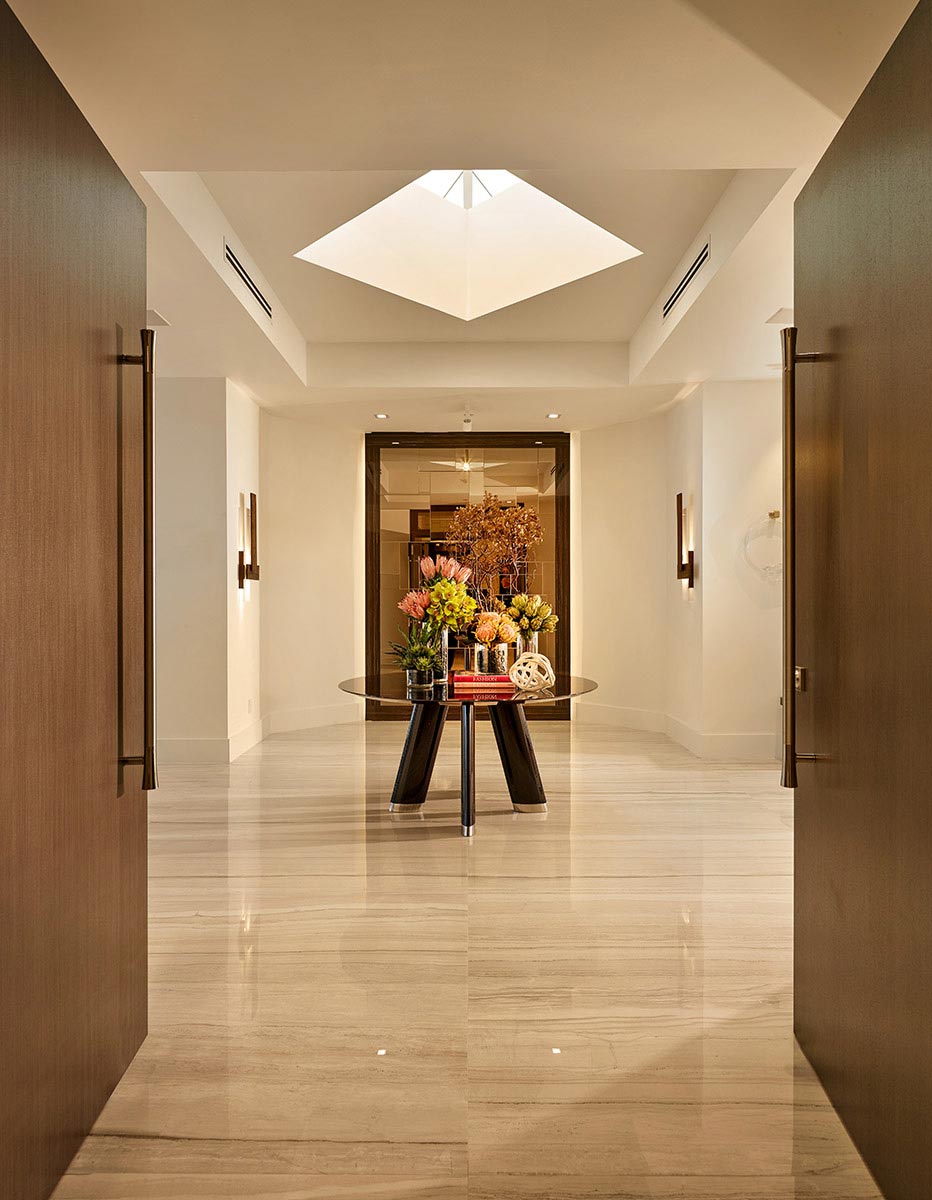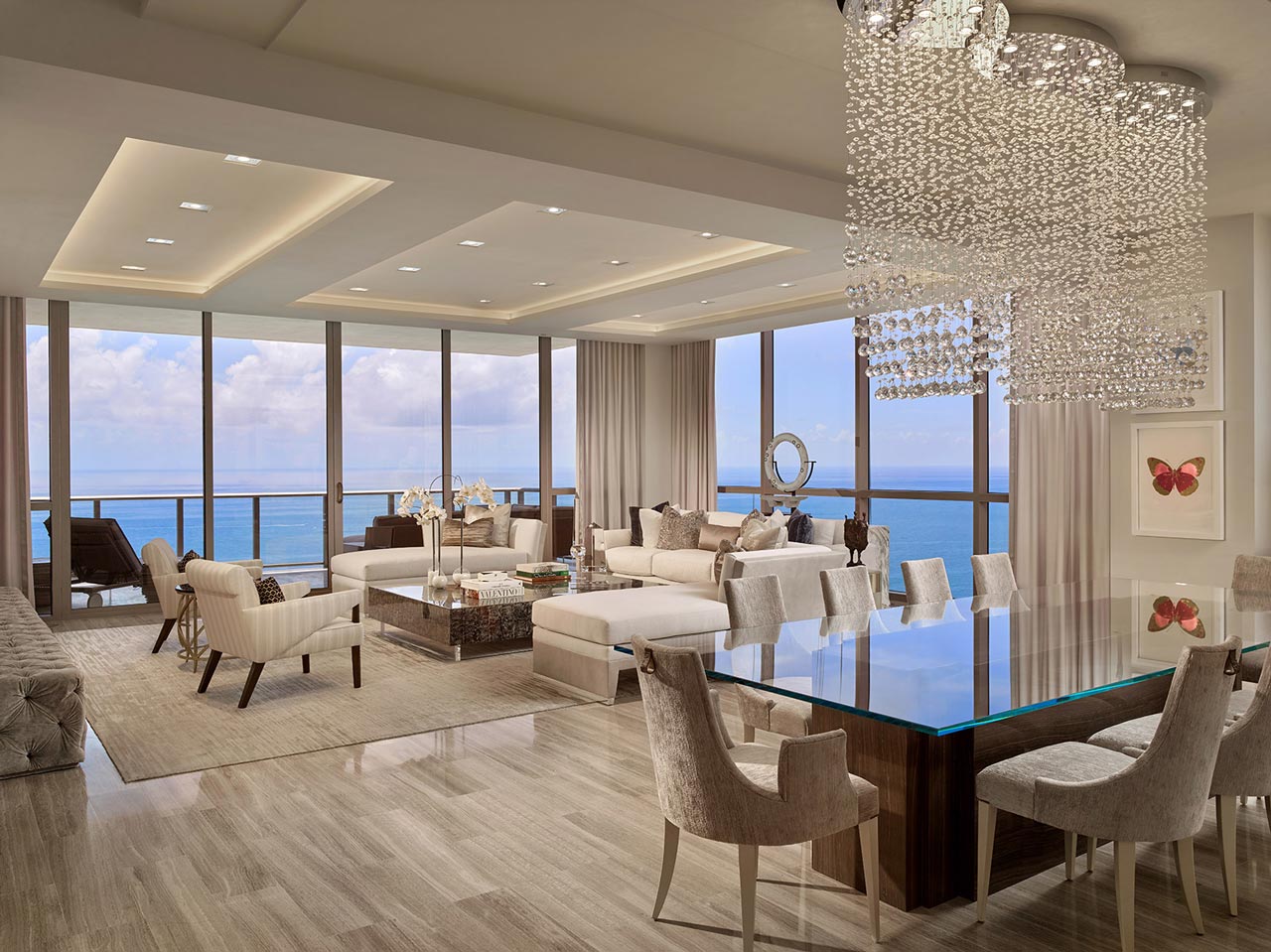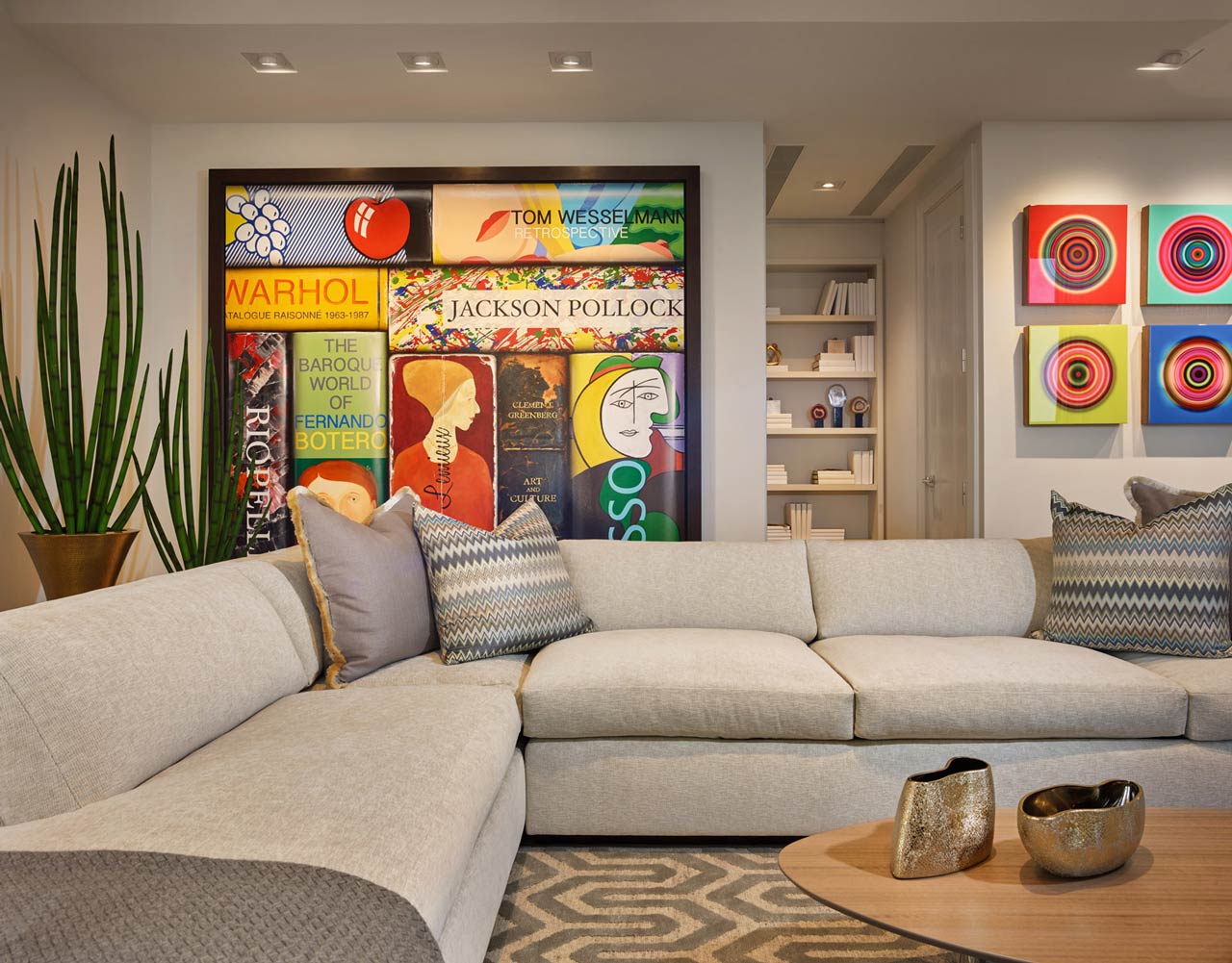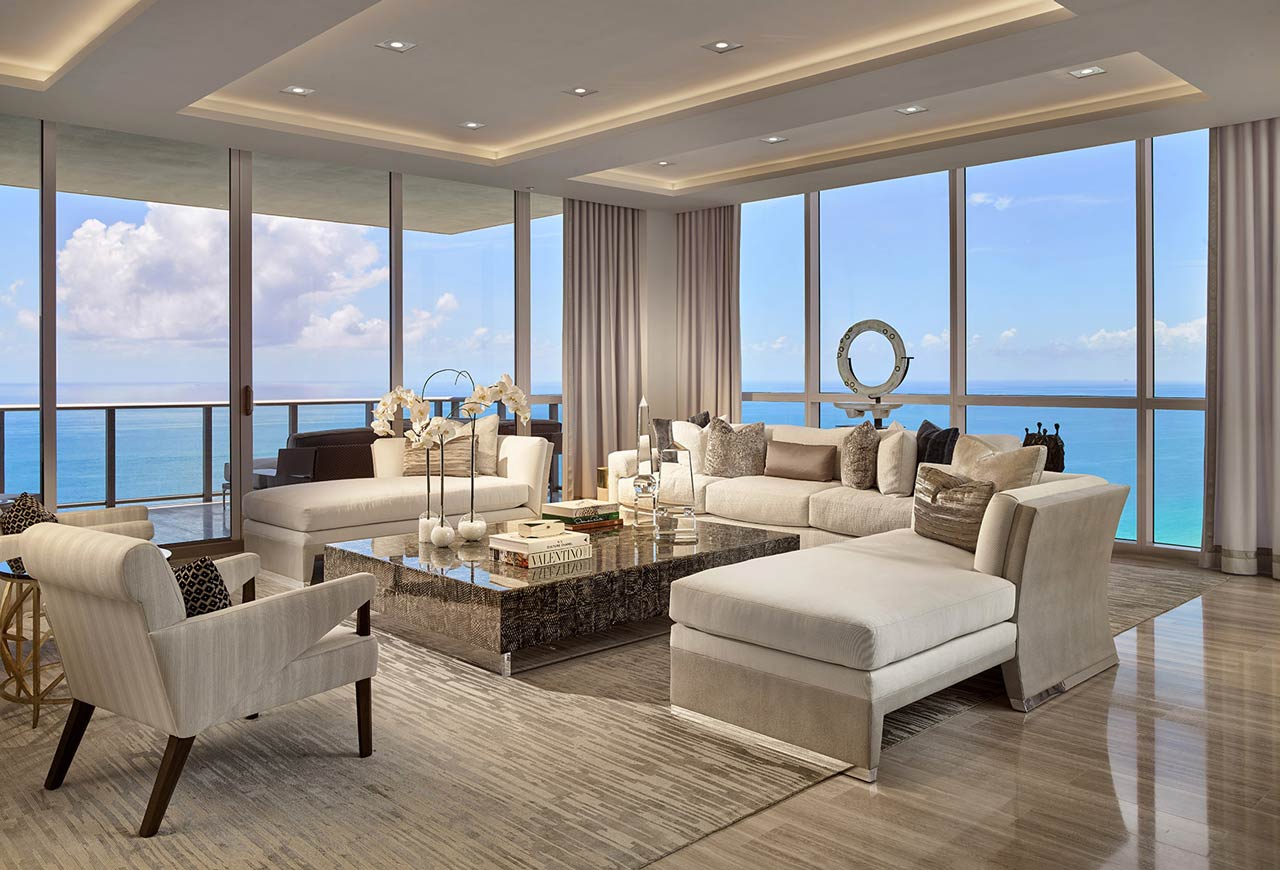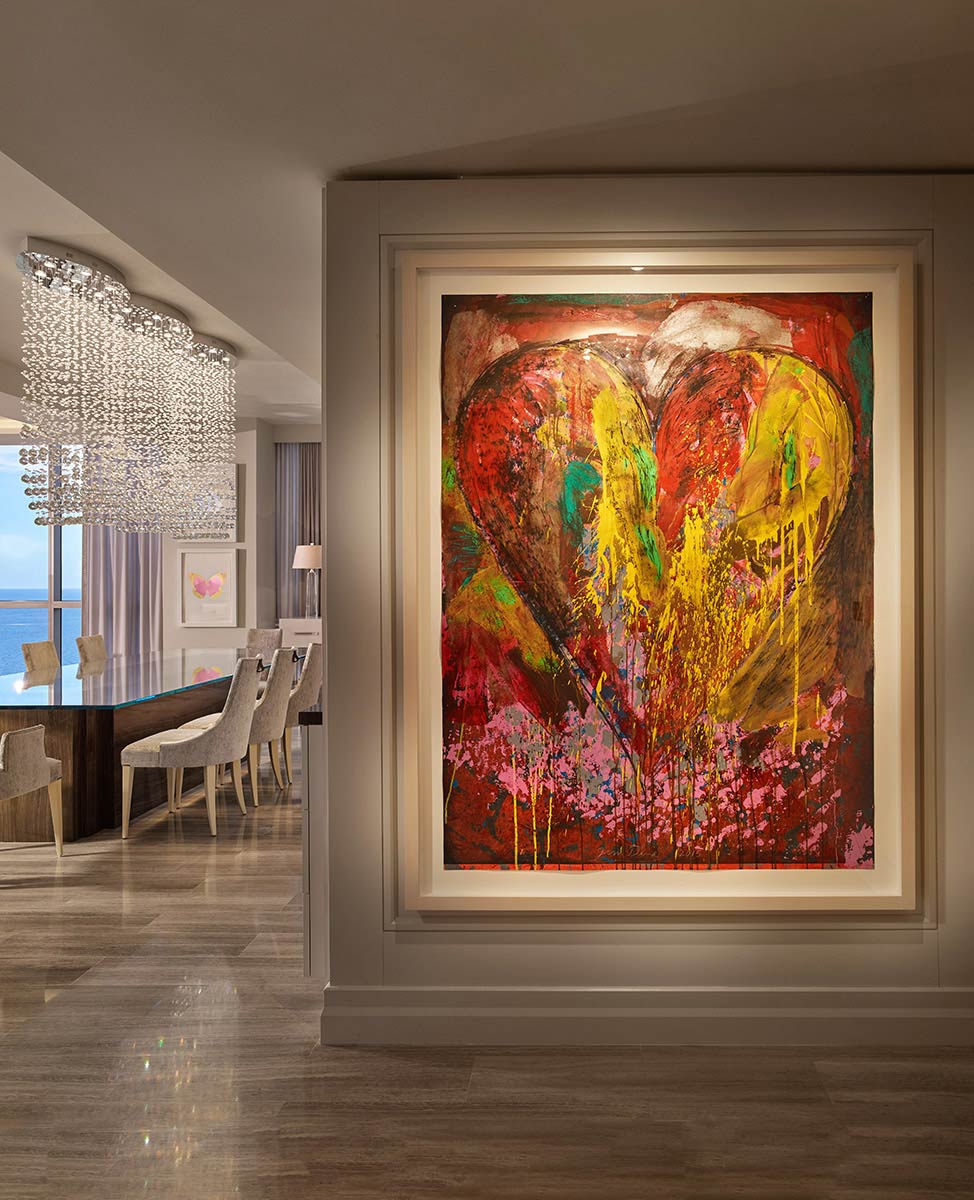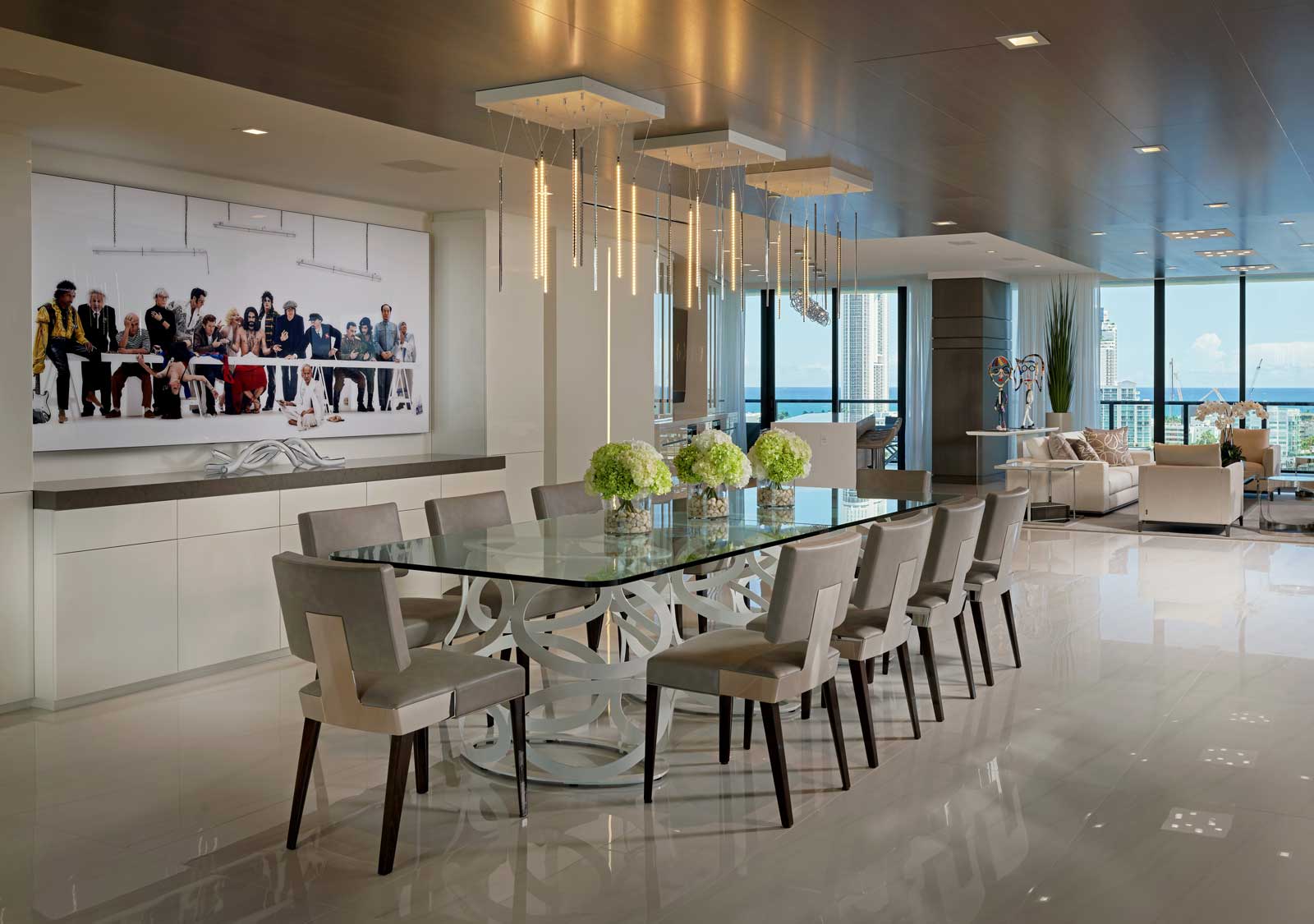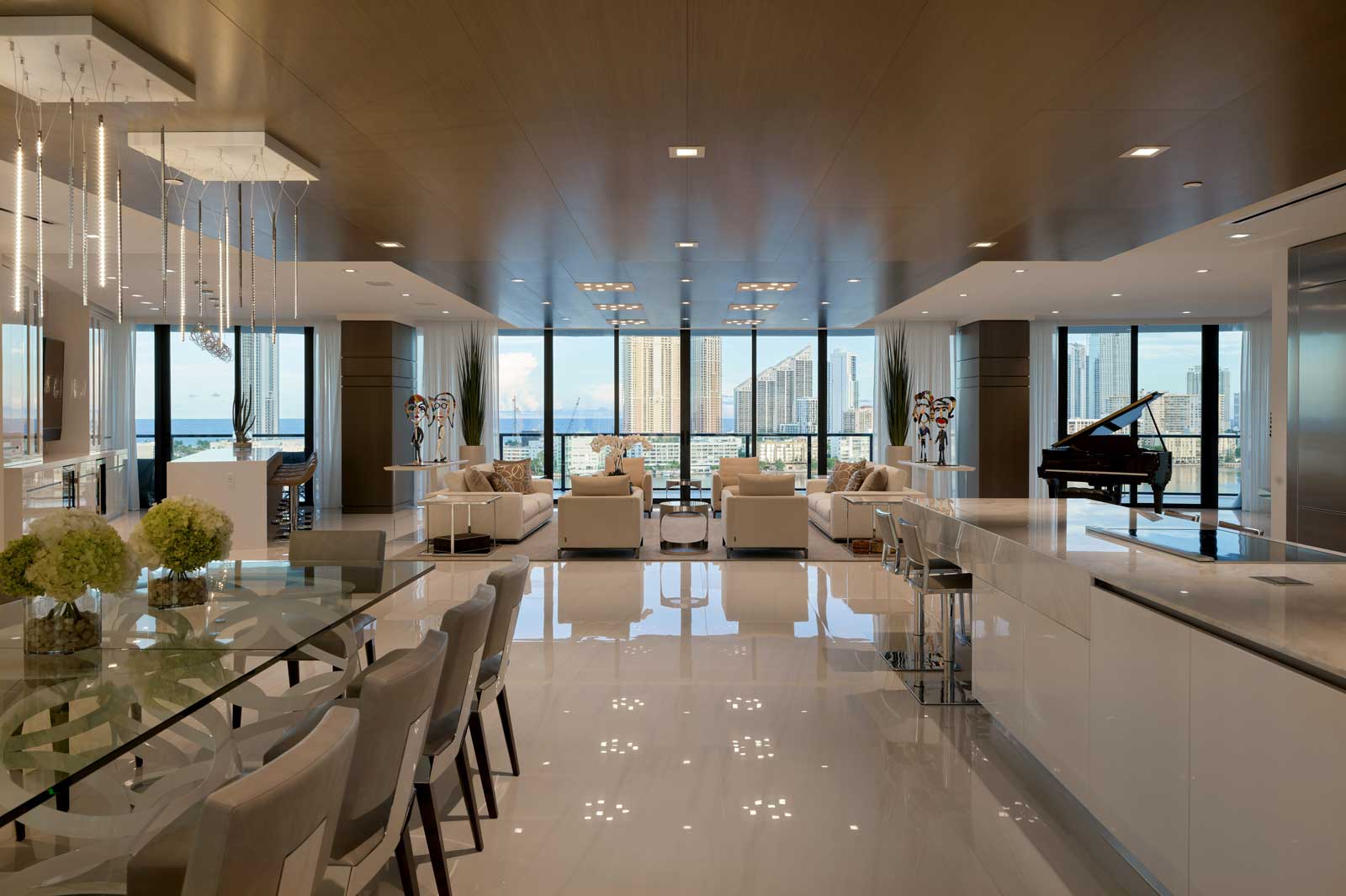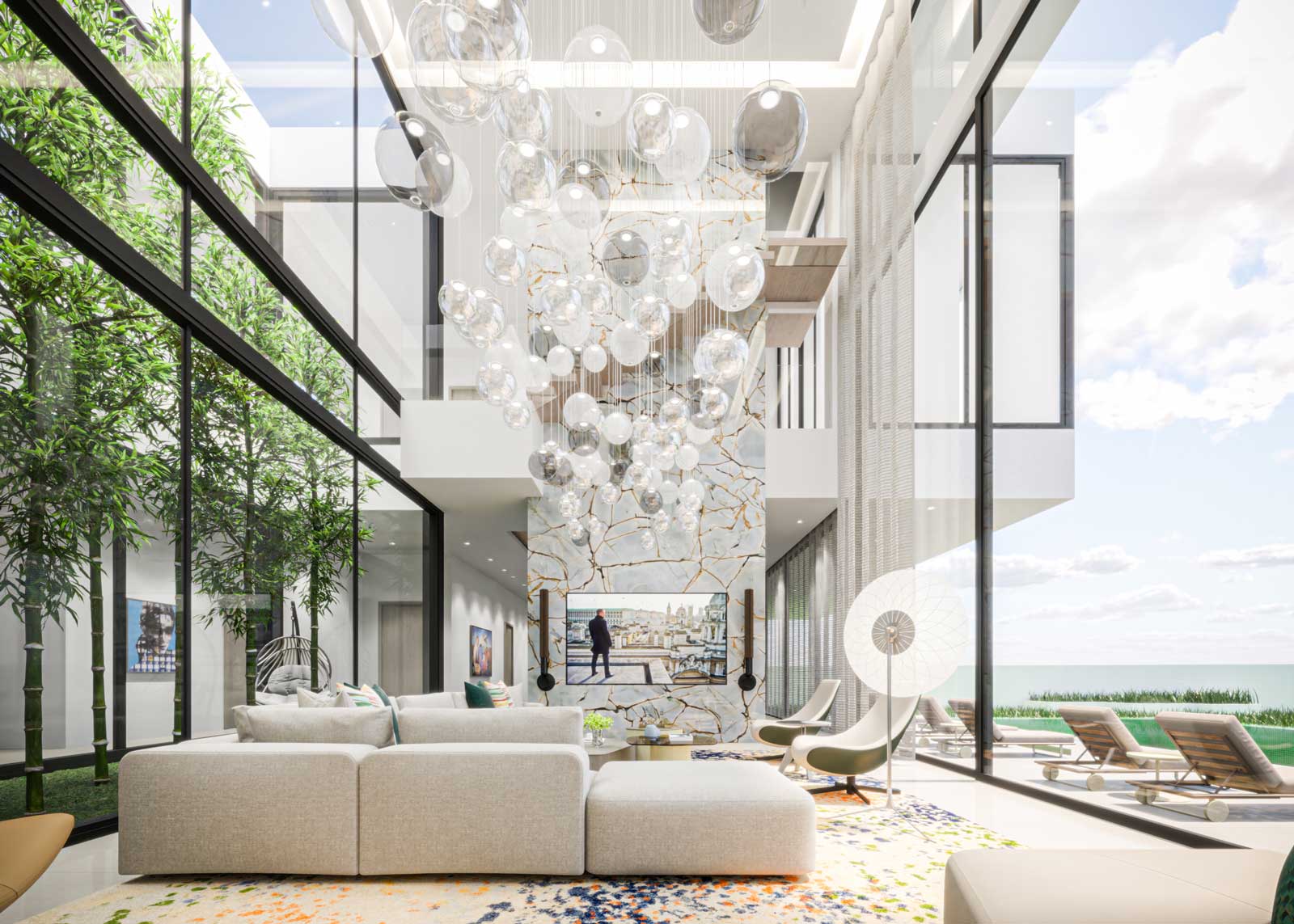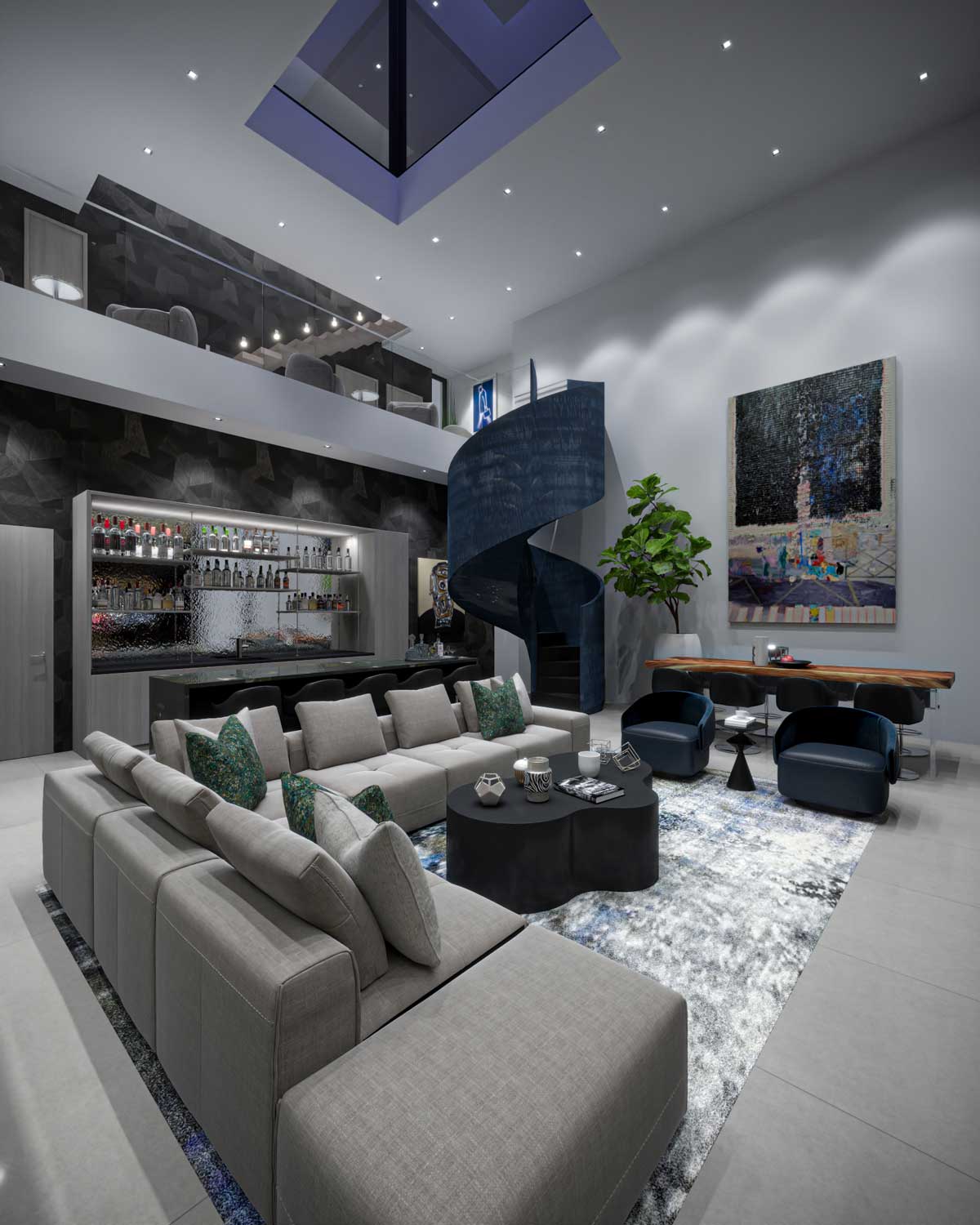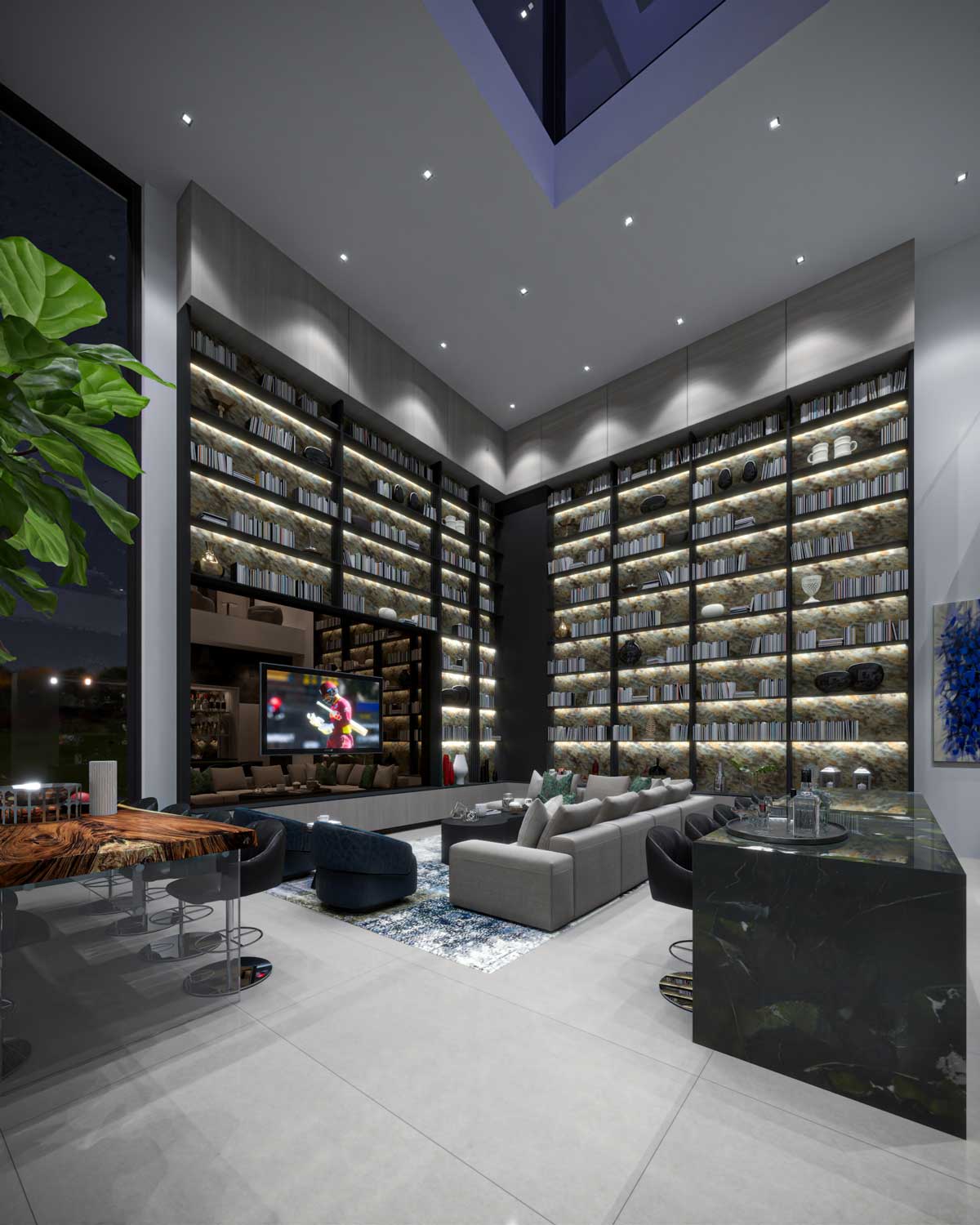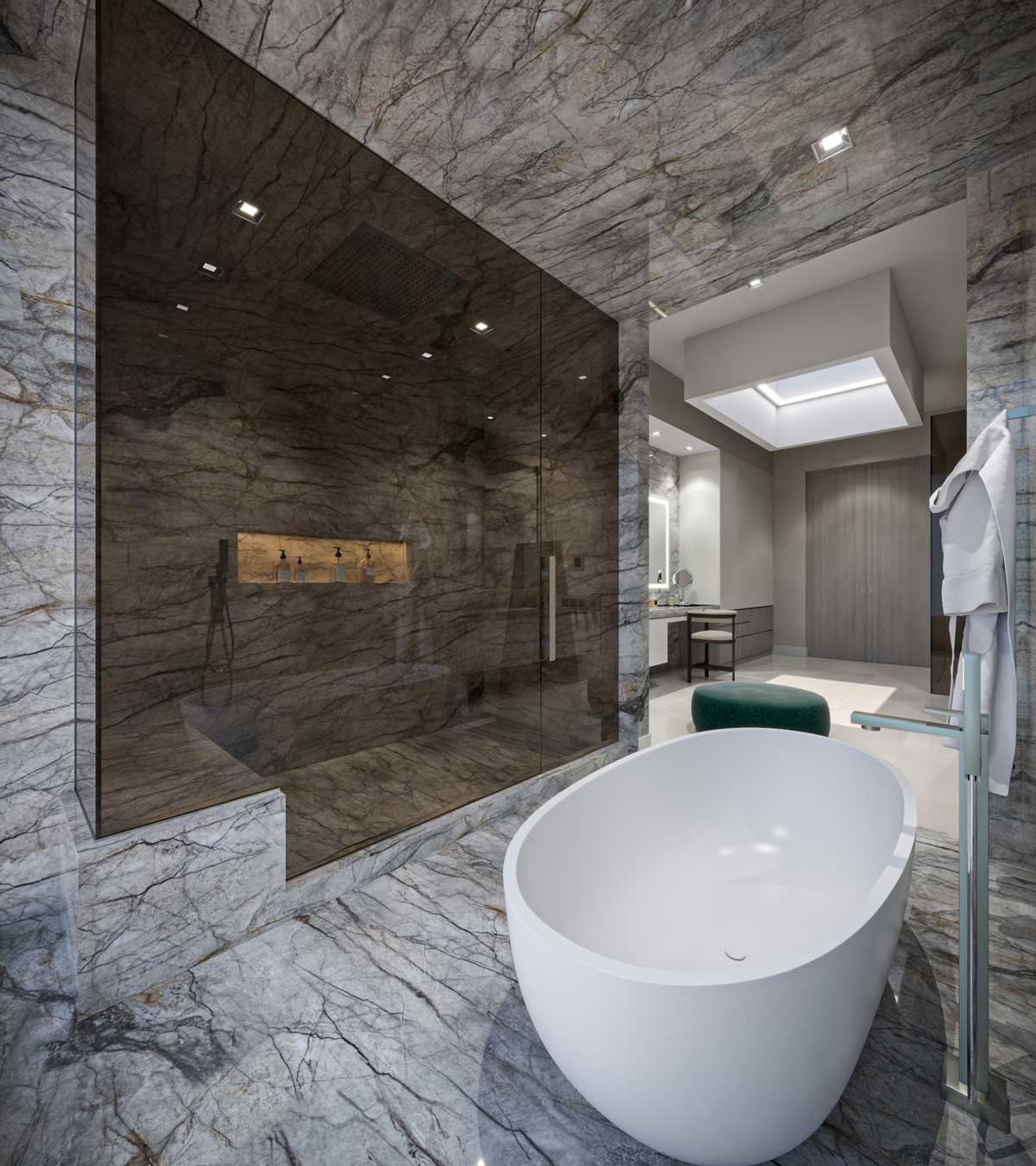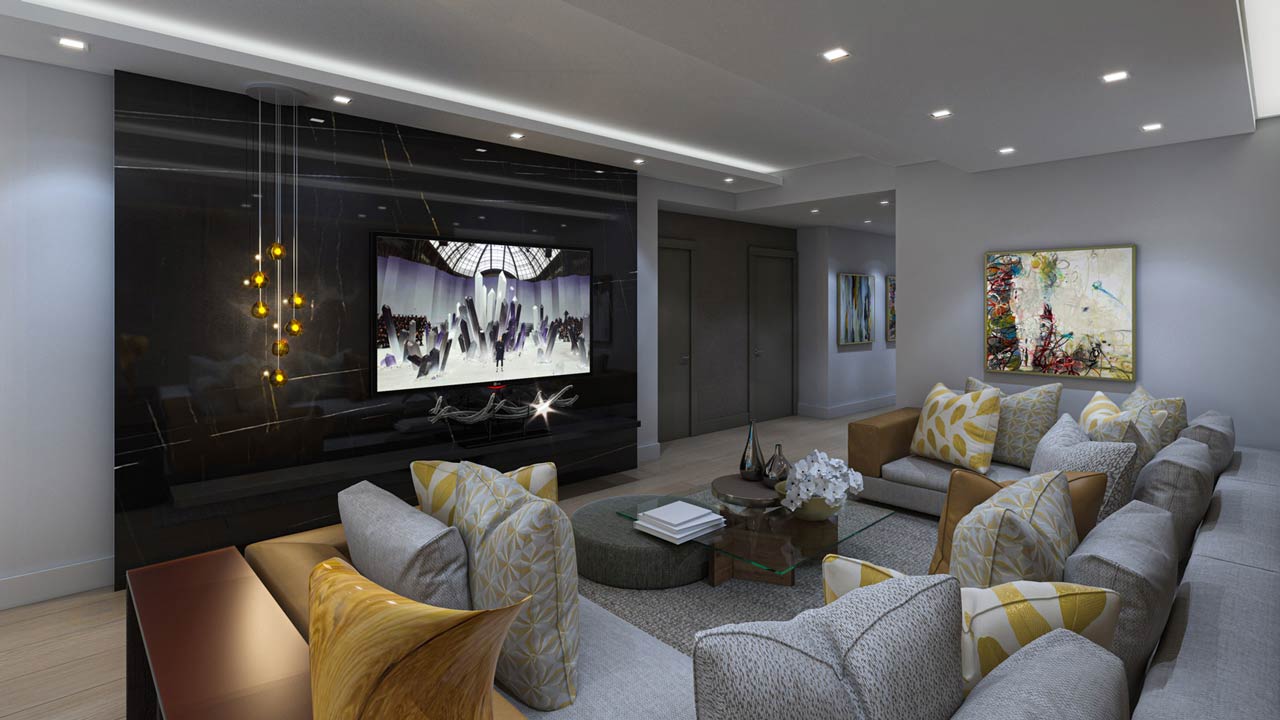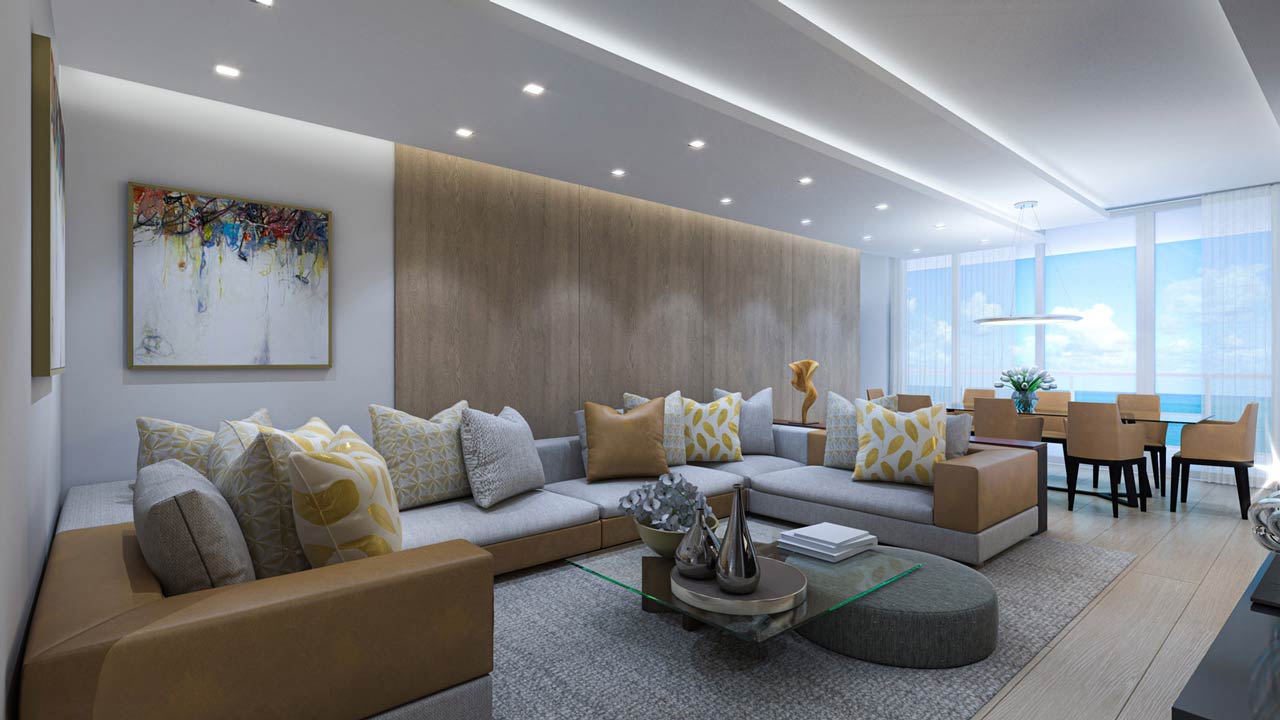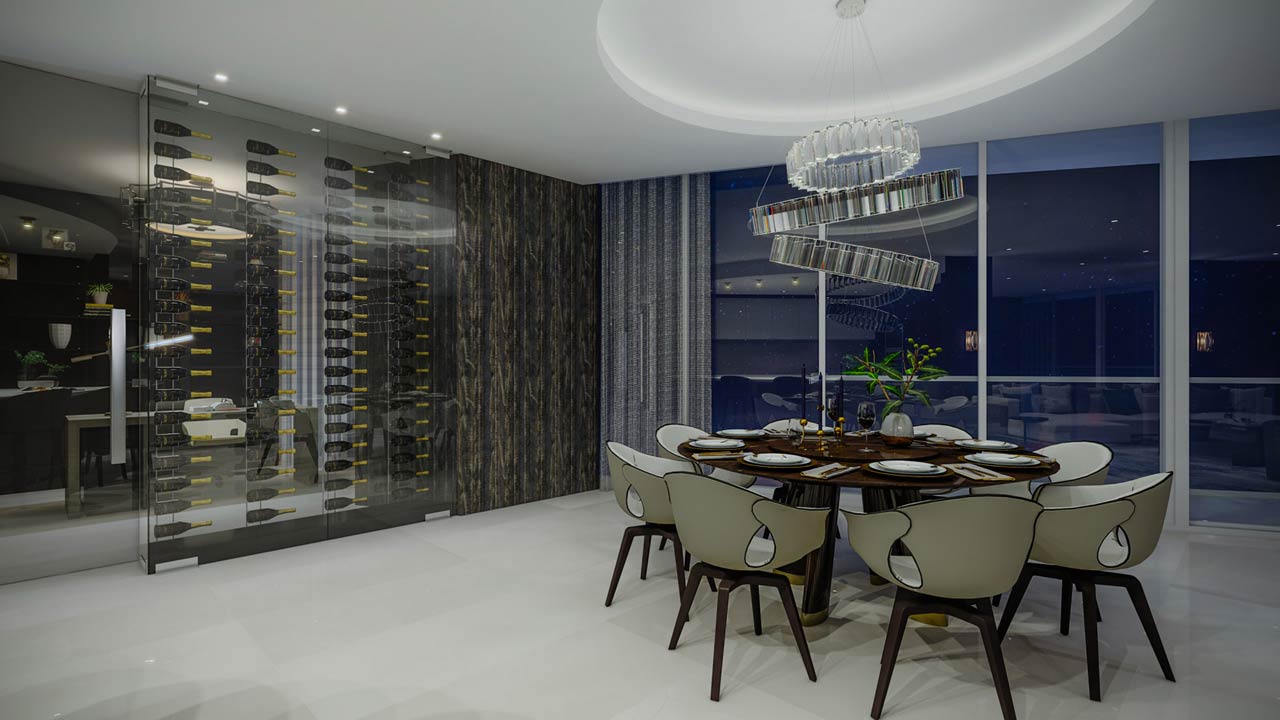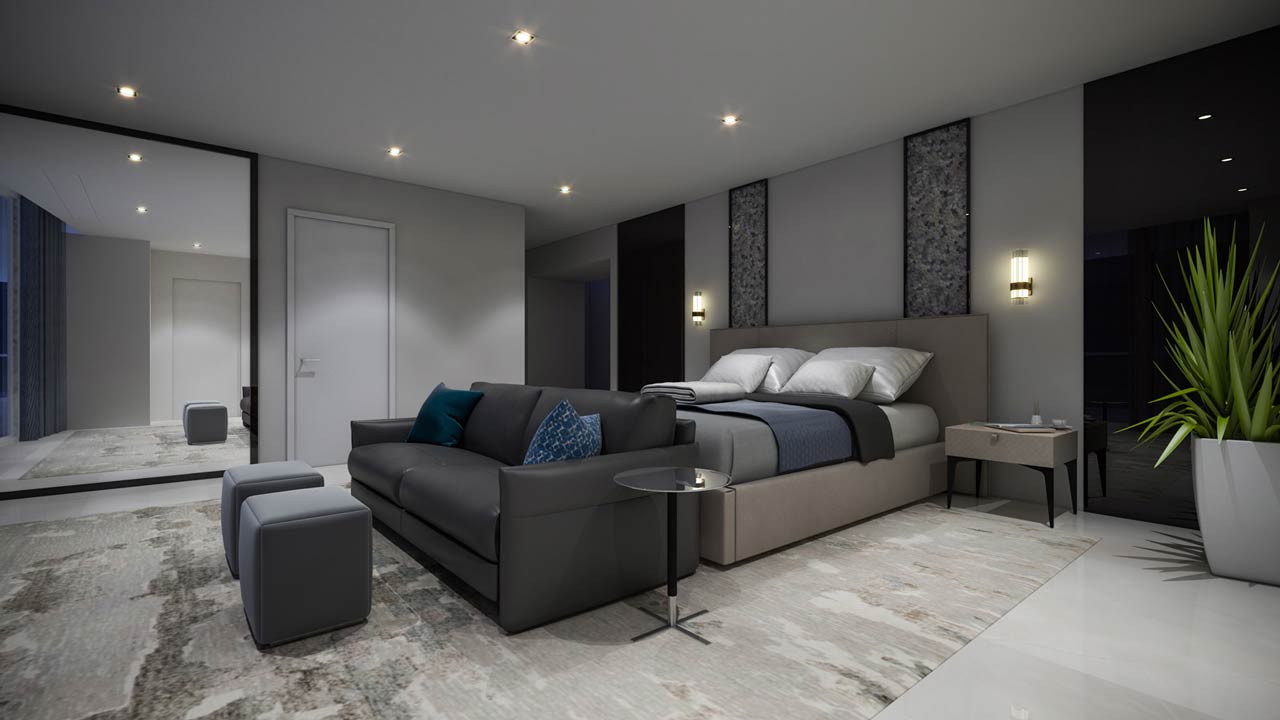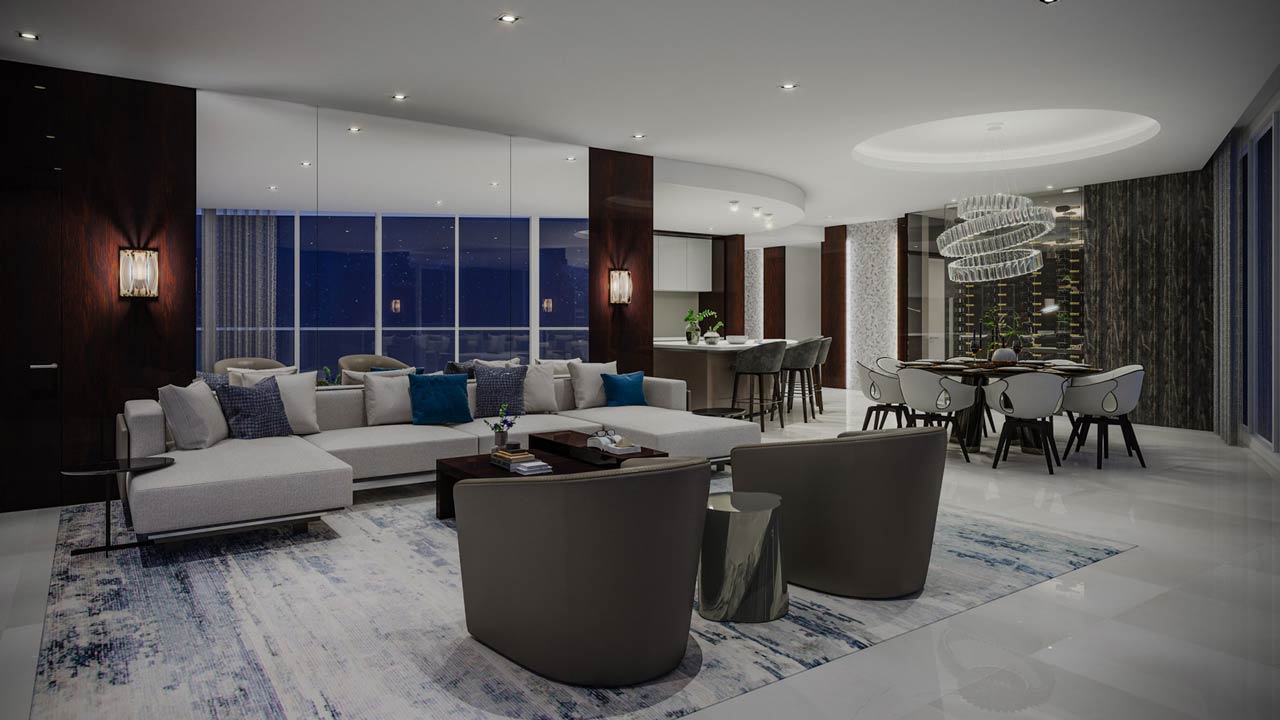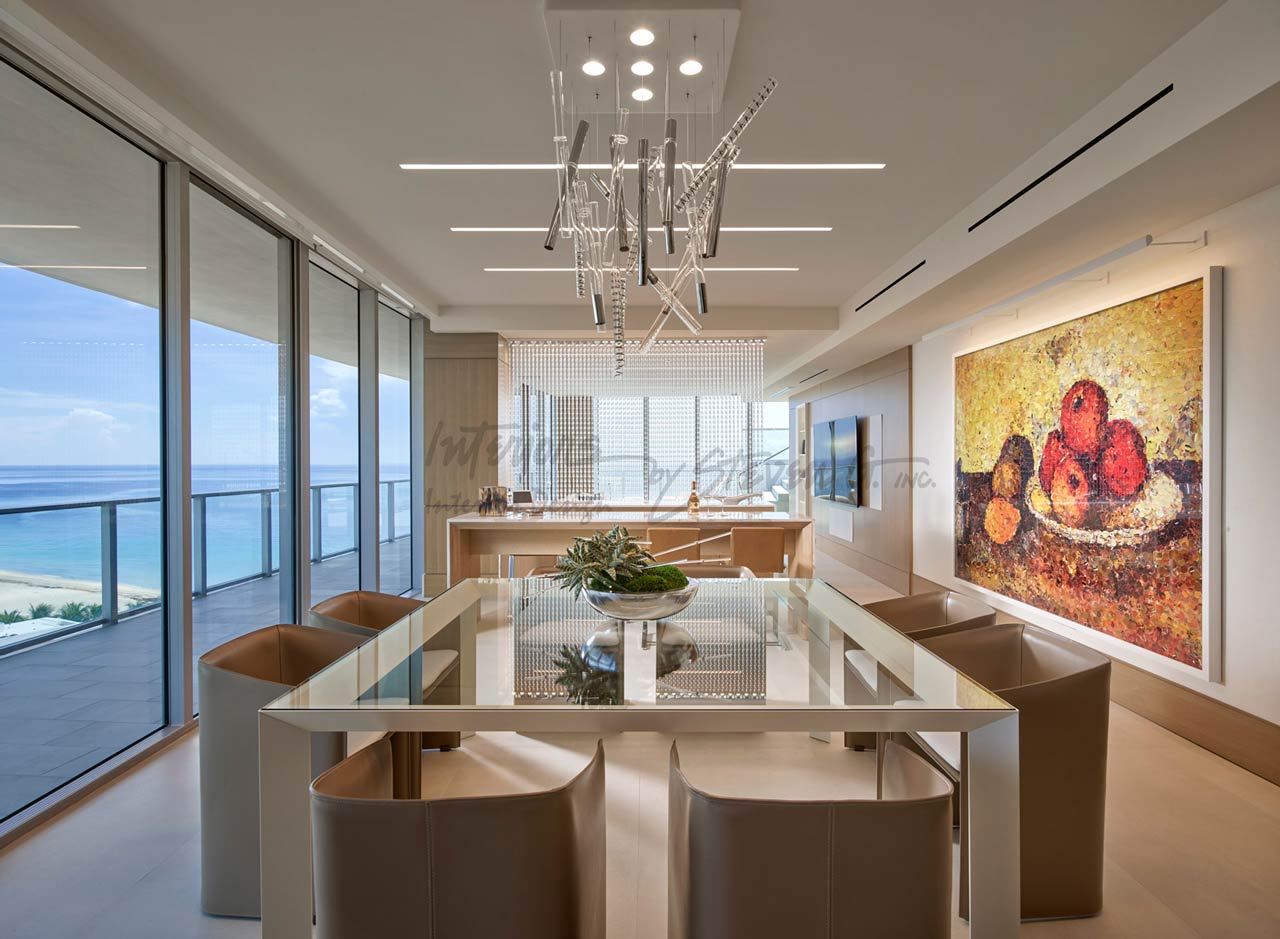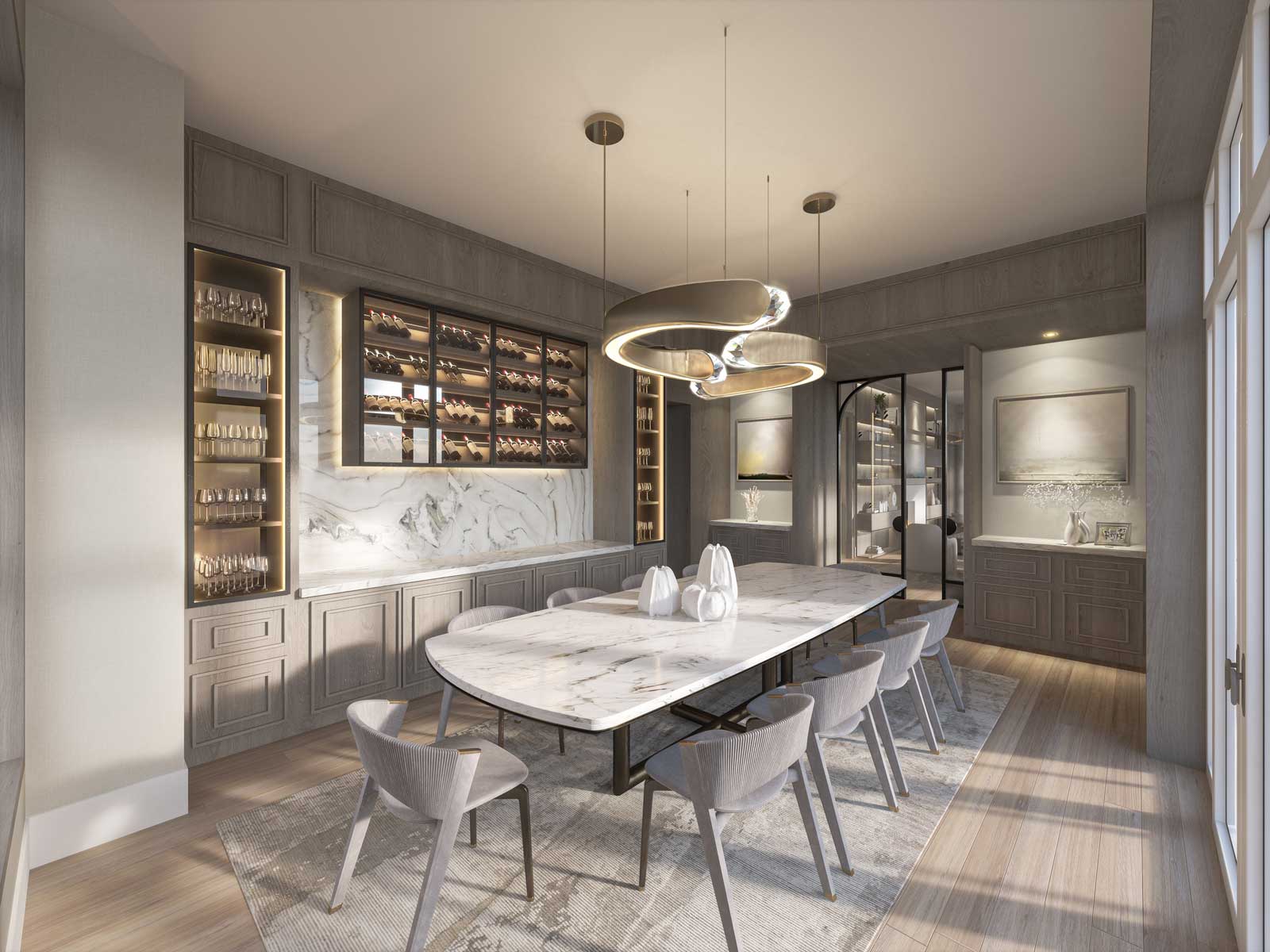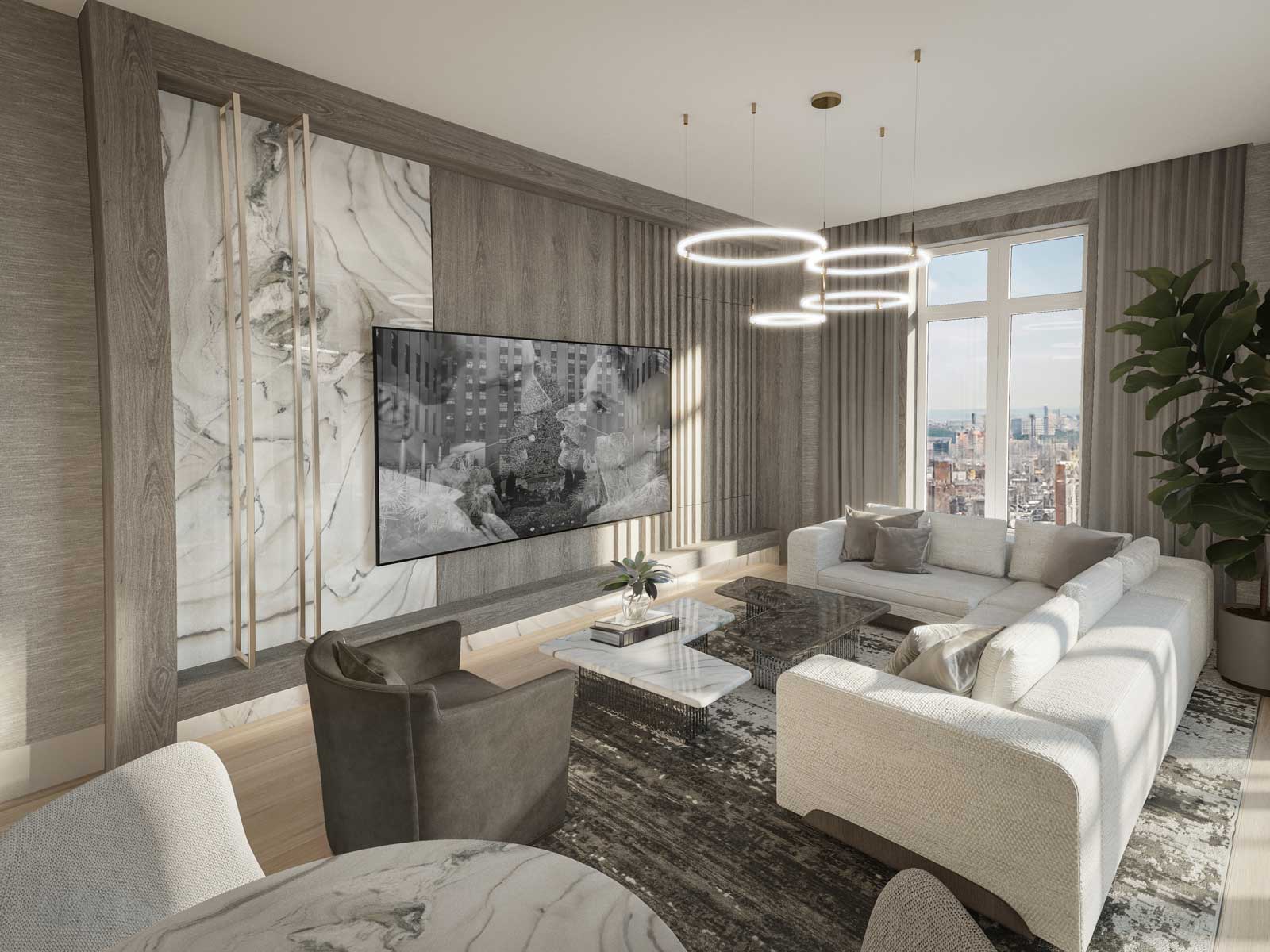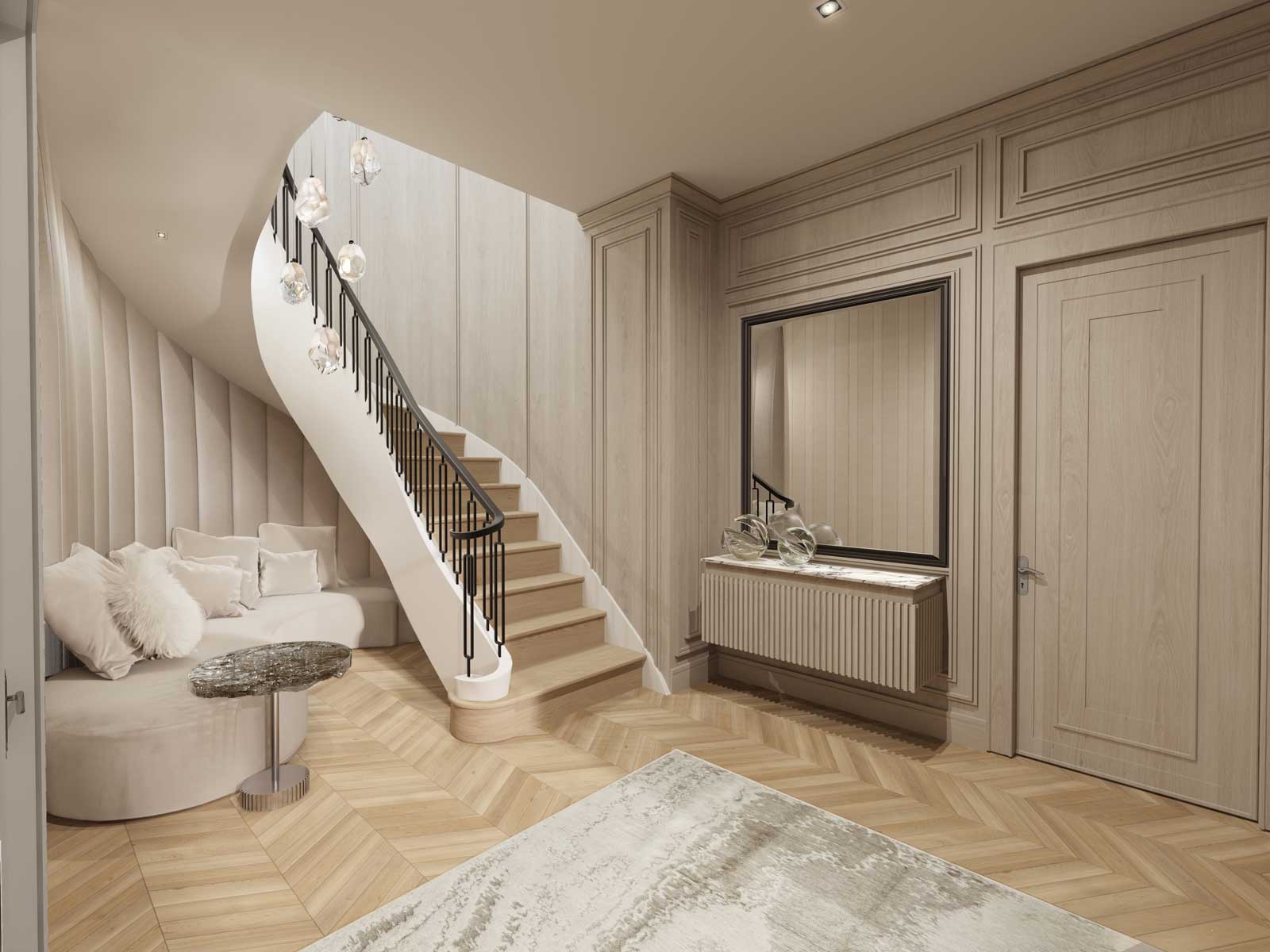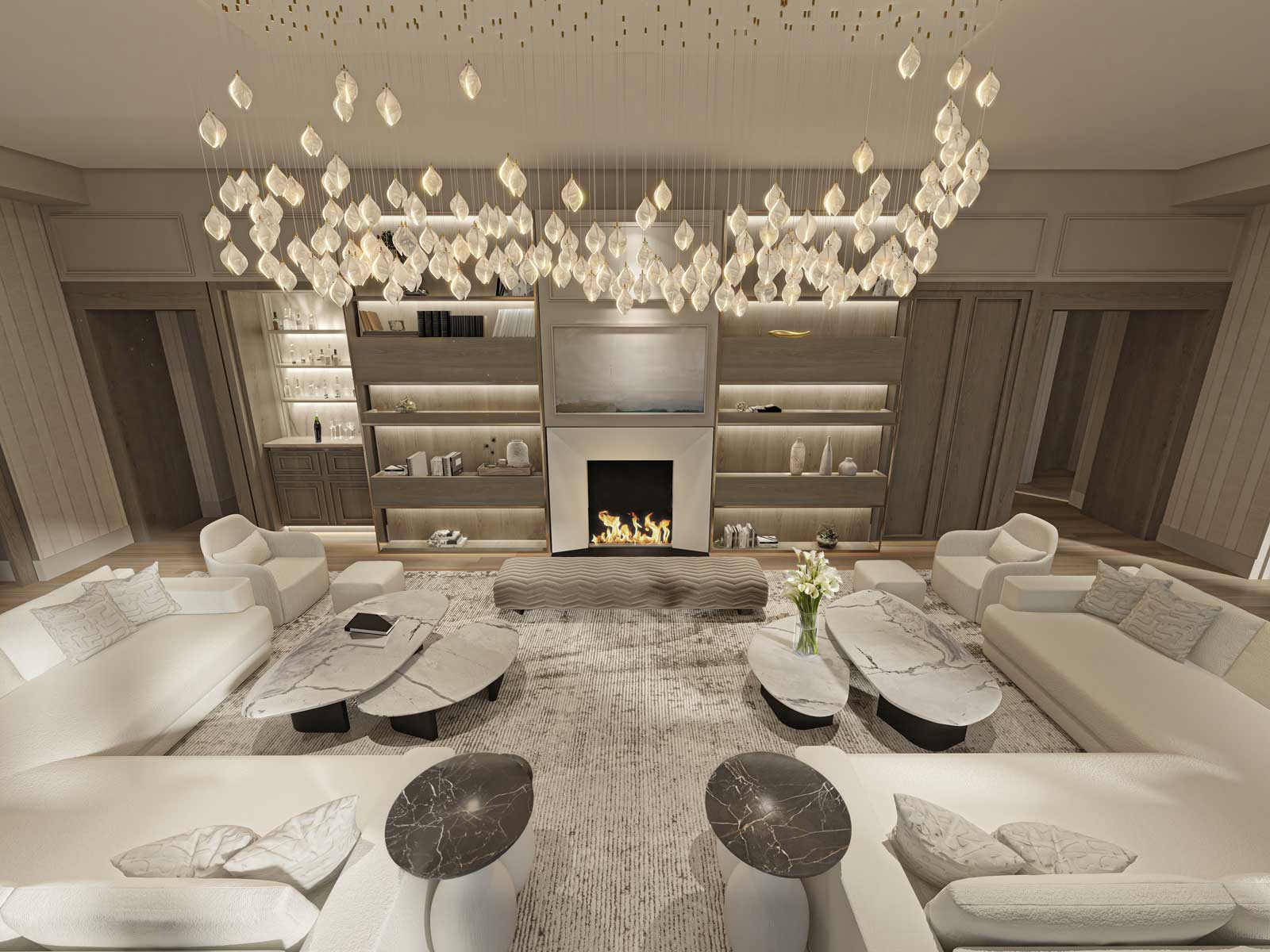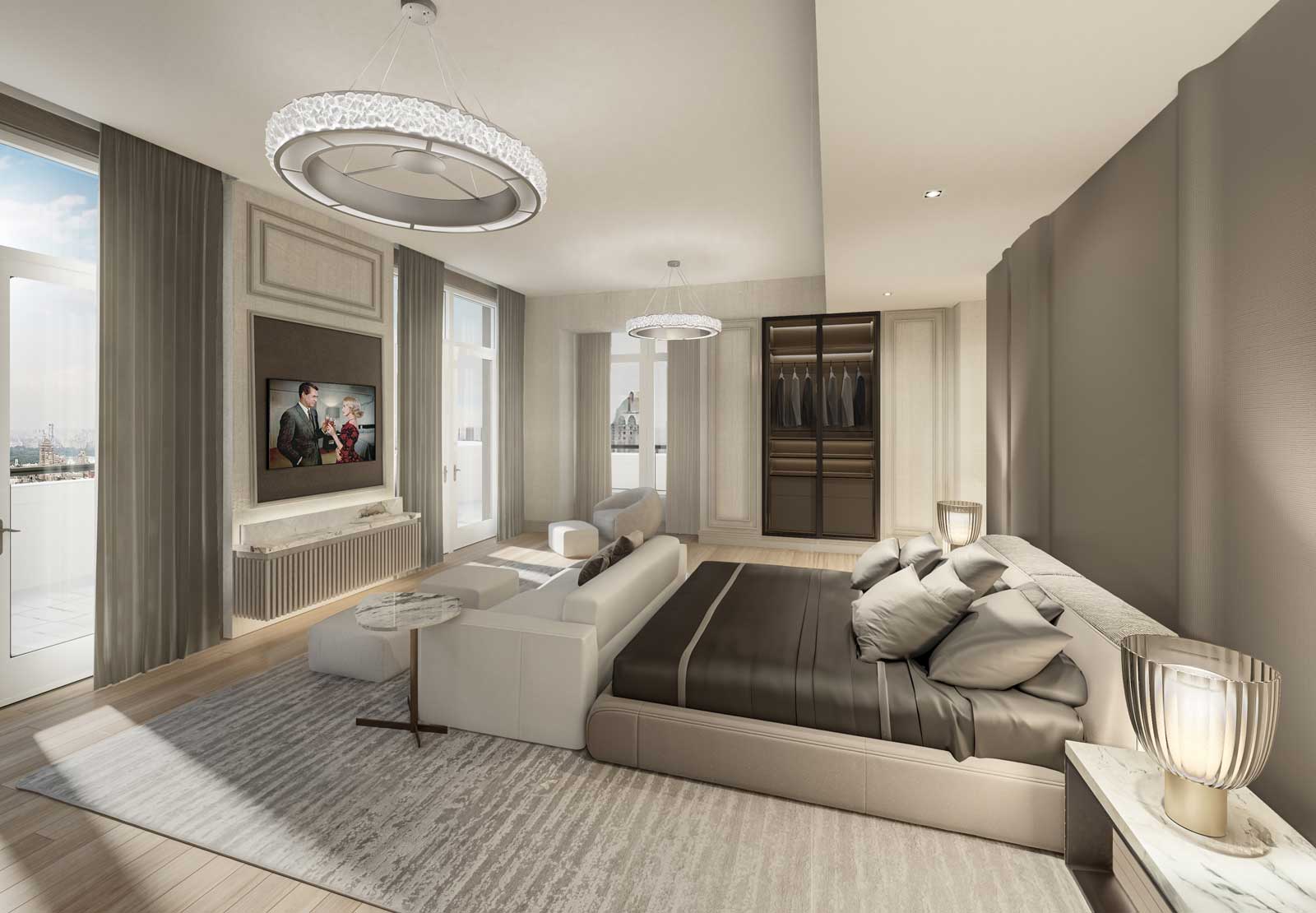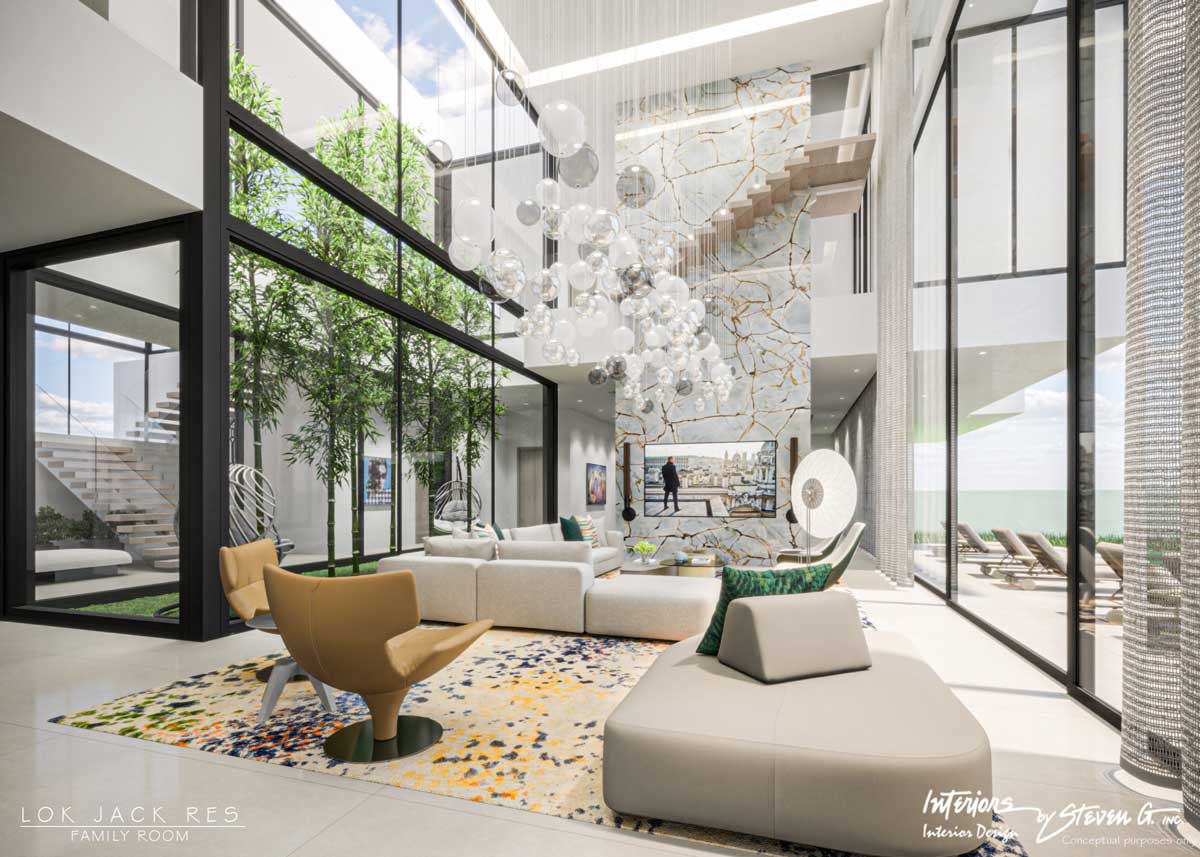
You can use interior design to help evoke certain emotions or behaviors. At Interiors by Steven G (IBSG), we can help set the tone of a room by using color, furniture arrangement, lighting, and more. Here are some of the ways interior designers South Florida can affect emotions:
Color Psychology in Interior Design
One powerful interior design element is the use of color. Each color can elicit specific emotions and set the tone for your space. Warm tones such as reds and yellows can create a sense of warmth and intimacy. Cooler tones like blues and greens promote calmness and relaxation. Our interior designers choose color palettes to create the desired atmosphere for each room.
We can create a bedroom using soothing blues or greens to enhance restfulness. Vibrant reds or oranges in a dining area can help stimulate appetite and conversations. Consider what emotions you want your guests or family members to feel in certain areas. You would use a different color palate to help them feel welcome than you would if you wish to invoke excitement and adventure. You can do your research on your own, or you can ask our interior designers to use their expertise to help create a positive atmosphere in your home.
Furniture Arrangement and Flow
Furniture can make a difference in the mood of your space. Overstuffed couches, thick carpets, and oversized coffee tables make a room more homey and comfortable. Sparse furniture with clean lines helps to give a modern and sophisticated feel.
The arrangement of furniture and flow of space also has the ability to affect our behavior. We can use furniture placement to enhance functionality and create a balanced atmosphere. We might arrange seating in living rooms to encourage conversation and promote social interaction and connectivity. Making sure that pathways are clear and unobstructed can make your room appear bigger. It also enhances the ease of movement and creates a sense of openness within the space.
Consideration of Lighting
Lighting is an aspect of interior design that can influence a space’s aesthetic and emotional elements. Natural light might elevate mood and boost productivity. Our interior designers often prioritize maximizing natural light sources through window placement and the use of mirrors. We can also use artificial lighting to create the right atmosphere. Warm, soft lighting in a bedroom can induce a cozy and relaxing ambiance, while bright, focused lighting in a workspace enhances concentration and productivity.
Texture and Material Selection
Textures and materials work the same as color in creating your desired environment. By combining specific materials or textures with the right colors, interior designers can help create the desired atmosphere for your home.
Soft, plush fabrics on a sofa may give you a sense of comfort, while sleek, polished surfaces can contribute to a modern and sophisticated atmosphere. Our interior designers can select materials that complement the overall design aesthetic and align with the desired emotional response from the occupants.
Personalization and Identity
A well-designed interior should also reflect the personality and preferences of you and your family. We collaborate with clients to understand their tastes, interests, and lifestyles, incorporating these elements into the design. Personalized spaces can enhance the aesthetic appeal. These spaces can also create a strong emotional connection between you and your home. Surrounding oneself with familiar and beloved items can add to a sense of security and belonging.
Zone Creation for Different Activities
Functionality is a key consideration in our interior design process, and creating designated zones for various activities contributes to a well-organized and efficient living space. Each area should be tailored to its intended purpose. This might promote the desired behaviors associated with that function. Our interior designers can help clients optimize their living environments for their specific activities by designating spaces for work, leisure, and socializing.
Sound and Acoustics
The acoustics in your space can affect how a room feels. We take into account the size and openness of a room, considering factors such as sound reflection, absorption, and transmission. Proper acoustic design can create a peaceful and harmonious environment by minimizing noise disturbances.
If the living room has a vaulted or high ceiling, rugs, and thicker curtains can help to dampen echoes in the room. Adding the calming sounds of a water feature can help create a pleasant and comfortable atmosphere.
Interior Designers South Florida
At Interiors by Steven G (IBSG), we can help evoke certain emotions by using interior design elements in your home. We can use elements such as sound and acoustics, zone creation, personalization and identity, color psychology, and texture and materials. Consider determining what emotion or behavior you want in different rooms as you go through the interior design process. Contact us today to learn more about our interior design process and how we can use these approaches to create emotion and behaviors in your home.





